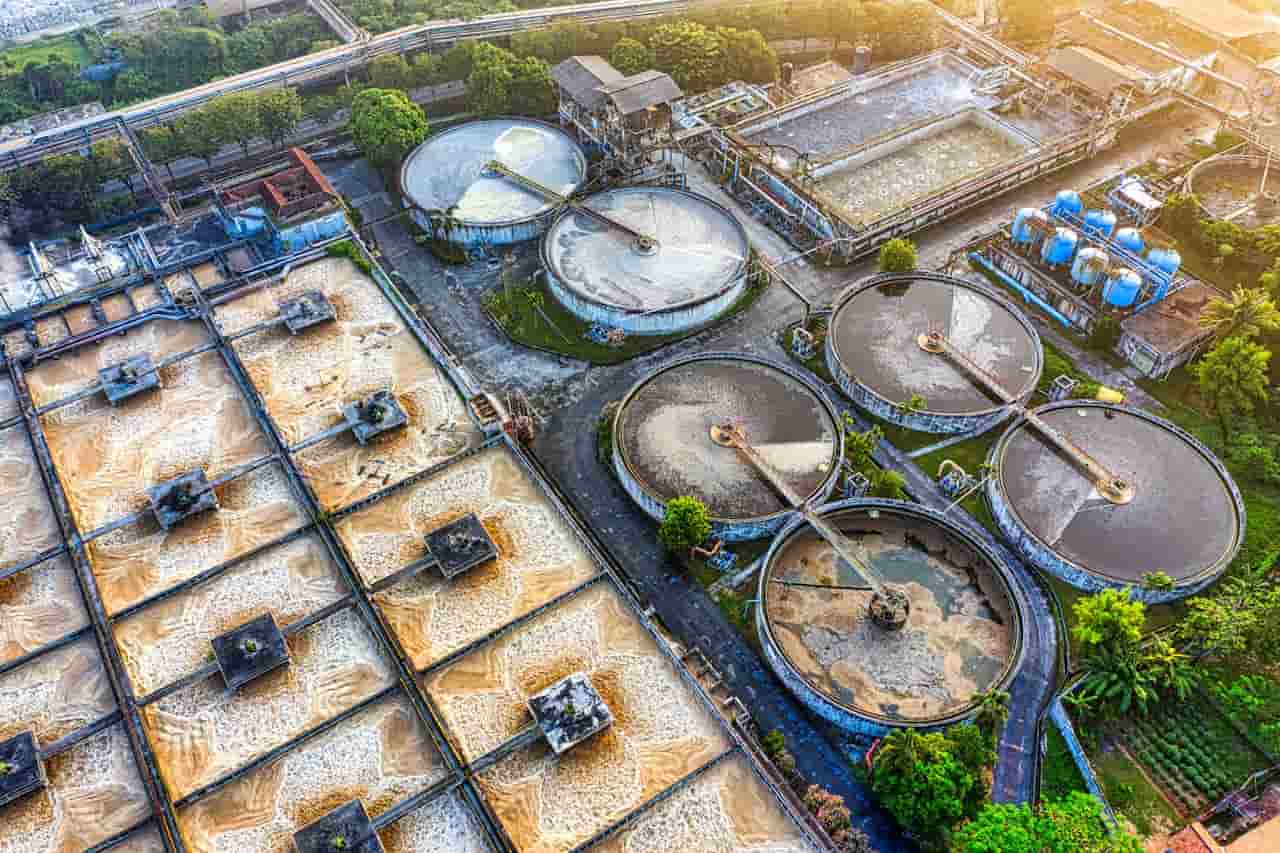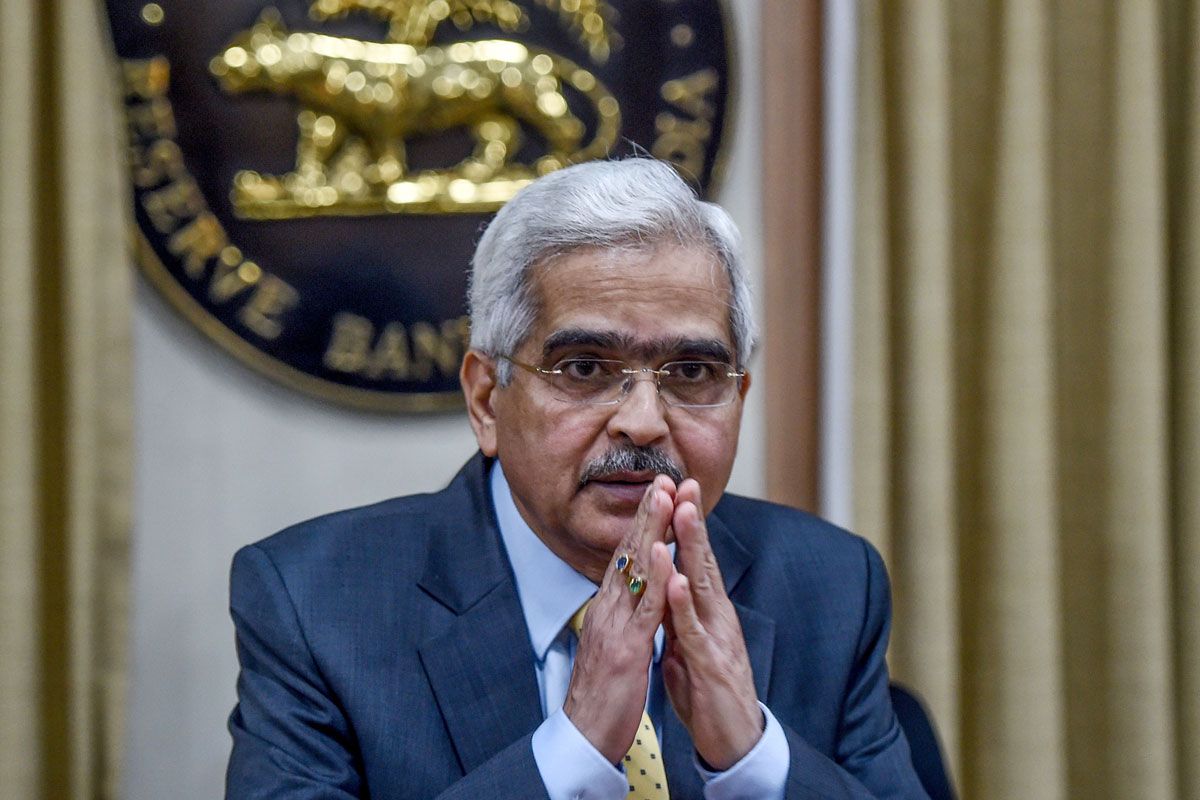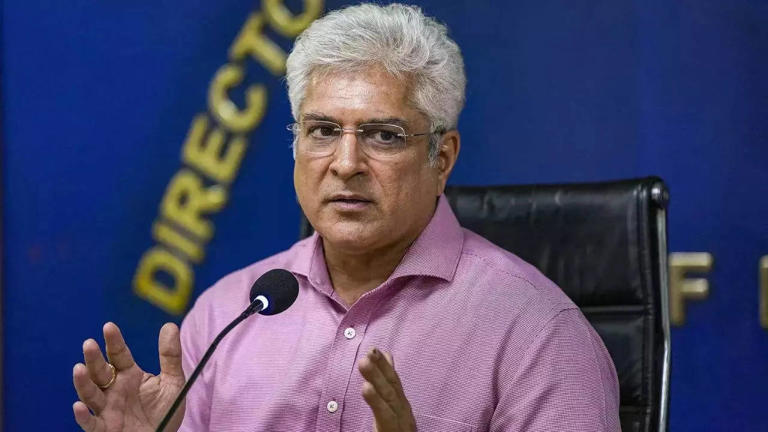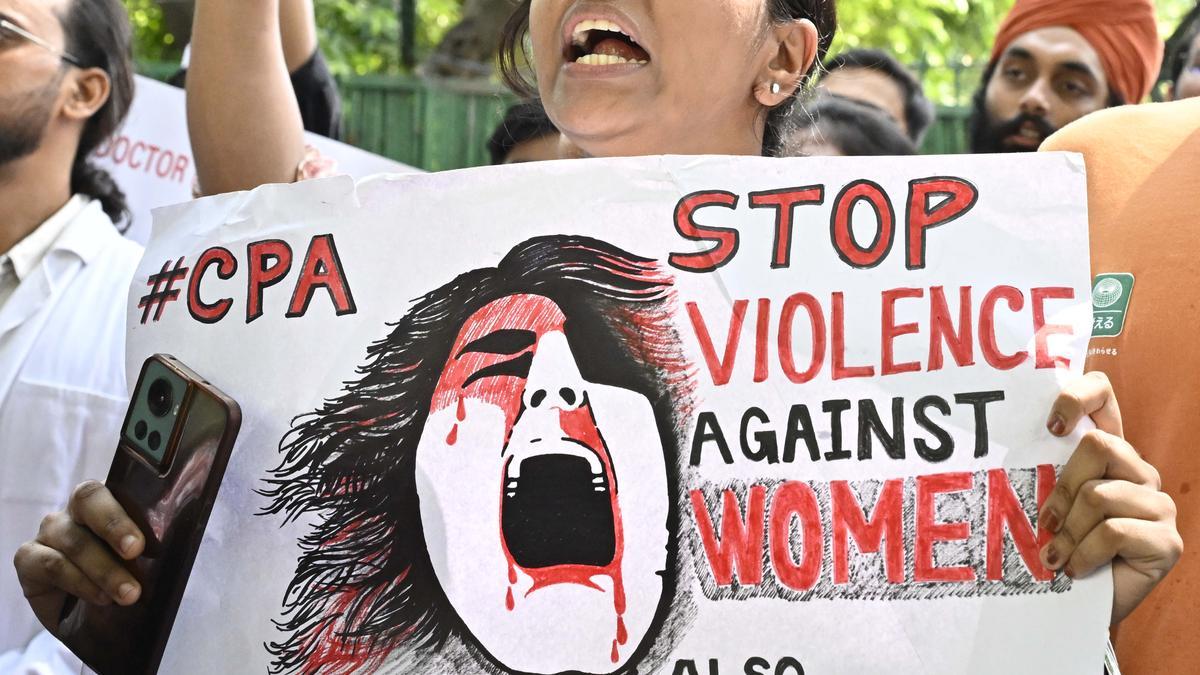Home / delhi / Delhi’s Air Quality Hits 'Severe' Levels Again Despite Rain: Here’s What You Need to Know
Delhi’s Air Quality Hits 'Severe' Levels Again Despite Rain: Here’s What You Need to Know
By: My India Times
4 minutes read 31Updated At: 2024-12-23

Delhi continues to battle its ongoing air quality crisis, with pollution levels remaining in the "severe" category despite some light rain on Monday. The city’s Air Quality Index (AQI) has remained dangerously high for the second consecutive day, with certain areas such as Anand Vihar, Wazirpur, and Bawana recording AQI levels well above 400. This hazardous level of pollution is raising serious health concerns for Delhi's residents, and here’s everything you need to know about the current situation.
What Does a 'Severe' AQI Really Mean?
In Delhi, an AQI between 401 and 500 is considered “severe,” a level that poses a significant health risk to everyone, not just vulnerable groups. Exposure to such polluted air can cause immediate respiratory issues, exacerbate chronic conditions, and lead to long-term health consequences. This means that residents of Delhi, especially children, elderly people, and those with pre-existing health conditions like asthma, should take immediate precautions.
Monday’s AQI readings were alarming, with Anand Vihar recording an AQI of 443, Wazirpur at 460, and Bawana peaking at 476, according to the Central Pollution Control Board (CPCB). The main pollutant contributing to this hazardous air quality is PM 2.5—tiny particles that are 2.5 micrometers in diameter or smaller. These particles are so fine that they can enter deep into the lungs and even the bloodstream, leading to serious respiratory and cardiovascular problems.
Why Didn’t the Rain Help Clear the Air?
While many hoped the drizzle in the morning would bring relief, it didn’t do enough to improve Delhi’s air quality. Light rain can reduce dust particles on the ground temporarily but does little to tackle the high concentration of PM 2.5 in the air. The rain’s impact is minimal unless it’s a heavy downpour that can wash away pollutants effectively. Unfortunately, this wasn’t the case on Monday, and pollution levels remained dangerously high.
The Hidden Dangers of PM 2.5: What You Should Know
PM 2.5 is particularly dangerous because of its size.Due to its minuscule particles, PM 2.5 can circumvent the body's natural defense systems, such as the nasal passages and throat, penetrating deeply into the lungs where it can inflict significant damage. Prolonged exposure to PM 2.5 is associated with chronic respiratory illnesses, cardiovascular issues, and even lung cancer.The short-term effects include coughing, throat irritation, and difficulty breathing, especially for people with pre-existing lung conditions.
It is essential for Delhi's residents to understand the risks of breathing in such polluted air. The authorities have issued multiple health advisories urging people to avoid outdoor activities and limit exposure to the harmful effects of the air.
What’s the Weather Forecast for Delhi?
Delhi’s weather isn’t helping the pollution situation either. The city recorded a maximum temperature of just 18.4°C on Monday, 2.3°C lower than the seasonal average, while the minimum temperature dropped to 8.6°C, below the expected range. Early morning fog combined with high humidity levels (ranging from 79% to 95%) has further trapped the pollutants, creating a thick blanket of smog.
The India Meteorological Department (IMD) has forecasted more cloudy skies and light rain on Tuesday, but this is unlikely to have a significant impact on air quality. The high humidity and low wind speeds mean that the pollutants are likely to persist in the air for an extended period.
What Can You Do to Protect Yourself?
Given the severe air quality, it’s crucial for everyone to take necessary precautions. Here are a few steps to protect your health:
- Stay Indoors: Limit outdoor exposure, especially during peak pollution hours (morning and evening).
- Wear a Mask: If you need to go outside, wear an N95 mask to protect yourself from inhaling harmful particles.
- Use Air Purifiers: If possible, use an air purifier at home to reduce indoor pollution.
- Hydrate: Drink plenty of water to help your body flush out toxins.
- Keep Windows Closed: This helps prevent more polluted air from entering your living space.
What’s Next for Delhi’s Pollution Crisis?
The IMD has warned of a below-normal cold wave for north-western India, which could worsen the situation. With less wind to disperse the pollutants, the city is likely to face more stagnant air, keeping the pollution levels high for an extended period. The combination of cold weather and high pollution could also result in smog that lingers over the city, further deteriorating air quality.
Conclusion: Delhi Needs Immediate Action to Tackle Air Pollution
Delhi’s air quality crisis is not going away anytime soon, and it requires immediate action from both the authorities and residents. While temporary measures like wearing masks and staying indoors can help, long-term solutions, such as stricter regulations on emissions and improved waste management, are crucial to tackle the root causes of pollution.
....Delhi continues to battle its ongoing air quality crisis, with pollution levels remaining in the "severe" category despite some light rain on Monday. The city’s Air Quality Index (AQI) has remained dangerously high for the second consecutive day, with certain areas such as Anand Vihar, Wazirpur, and Bawana recording AQI levels well above 400. This hazardous level of pollution is raising serious health concerns for Delhi's residents, and here’s everything you need to know about the current situation.
What Does a 'Severe' AQI Really Mean?
In Delhi, an AQI between 401 and 500 is considered “severe,” a level that poses a significant health risk to everyone, not just vulnerable groups. Exposure to such polluted air can cause immediate respiratory issues, exacerbate chronic conditions, and lead to long-term health consequences. This means that residents of Delhi, especially children, elderly people, and those with pre-existing health conditions like asthma, should take immediate precautions.
Monday’s AQI readings were alarming, with Anand Vihar recording an AQI of 443, Wazirpur at 460, and Bawana peaking at 476, according to the Central Pollution Control Board (CPCB). The main pollutant contributing to this hazardous air quality is PM 2.5—tiny particles that are 2.5 micrometers in diameter or smaller. These particles are so fine that they can enter deep into the lungs and even the bloodstream, leading to serious respiratory and cardiovascular problems.
Why Didn’t the Rain Help Clear the Air?
While many hoped the drizzle in the morning would bring relief, it didn’t do enough to improve Delhi’s air quality. Light rain can reduce dust particles on the ground temporarily but does little to tackle the high concentration of PM 2.5 in the air. The rain’s impact is minimal unless it’s a heavy downpour that can wash away pollutants effectively. Unfortunately, this wasn’t the case on Monday, and pollution levels remained dangerously high.
The Hidden Dangers of PM 2.5: What You Should Know
PM 2.5 is particularly dangerous because of its size.Due to its minuscule particles, PM 2.5 can circumvent the body's natural defense systems, such as the nasal passages and throat, penetrating deeply into the lungs where it can inflict significant damage. Prolonged exposure to PM 2.5 is associated with chronic respiratory illnesses, cardiovascular issues, and even lung cancer.The short-term effects include coughing, throat irritation, and difficulty breathing, especially for people with pre-existing lung conditions.
It is essential for Delhi's residents to understand the risks of breathing in such polluted air. The authorities have issued multiple health advisories urging people to avoid outdoor activities and limit exposure to the harmful effects of the air.
What’s the Weather Forecast for Delhi?
Delhi’s weather isn’t helping the pollution situation either. The city recorded a maximum temperature of just 18.4°C on Monday, 2.3°C lower than the seasonal average, while the minimum temperature dropped to 8.6°C, below the expected range. Early morning fog combined with high humidity levels (ranging from 79% to 95%) has further trapped the pollutants, creating a thick blanket of smog.
The India Meteorological Department (IMD) has forecasted more cloudy skies and light rain on Tuesday, but this is unlikely to have a significant impact on air quality. The high humidity and low wind speeds mean that the pollutants are likely to persist in the air for an extended period.
What Can You Do to Protect Yourself?
Given the severe air quality, it’s crucial for everyone to take necessary precautions. Here are a few steps to protect your health:
- Stay Indoors: Limit outdoor exposure, especially during peak pollution hours (morning and evening).
- Wear a Mask: If you need to go outside, wear an N95 mask to protect yourself from inhaling harmful particles.
- Use Air Purifiers: If possible, use an air purifier at home to reduce indoor pollution.
- Hydrate: Drink plenty of water to help your body flush out toxins.
- Keep Windows Closed: This helps prevent more polluted air from entering your living space.
What’s Next for Delhi’s Pollution Crisis?
The IMD has warned of a below-normal cold wave for north-western India, which could worsen the situation. With less wind to disperse the pollutants, the city is likely to face more stagnant air, keeping the pollution levels high for an extended period. The combination of cold weather and high pollution could also result in smog that lingers over the city, further deteriorating air quality.
Conclusion: Delhi Needs Immediate Action to Tackle Air Pollution
Delhi’s air quality crisis is not going away anytime soon, and it requires immediate action from both the authorities and residents. While temporary measures like wearing masks and staying indoors can help, long-term solutions, such as stricter regulations on emissions and improved waste management, are crucial to tackle the root causes of pollution.
By: My India Times
Updated At: 2024-12-23
Tags: delhi News | My India Times News | Trending News | Travel News
Join our WhatsApp Channel




.webp)





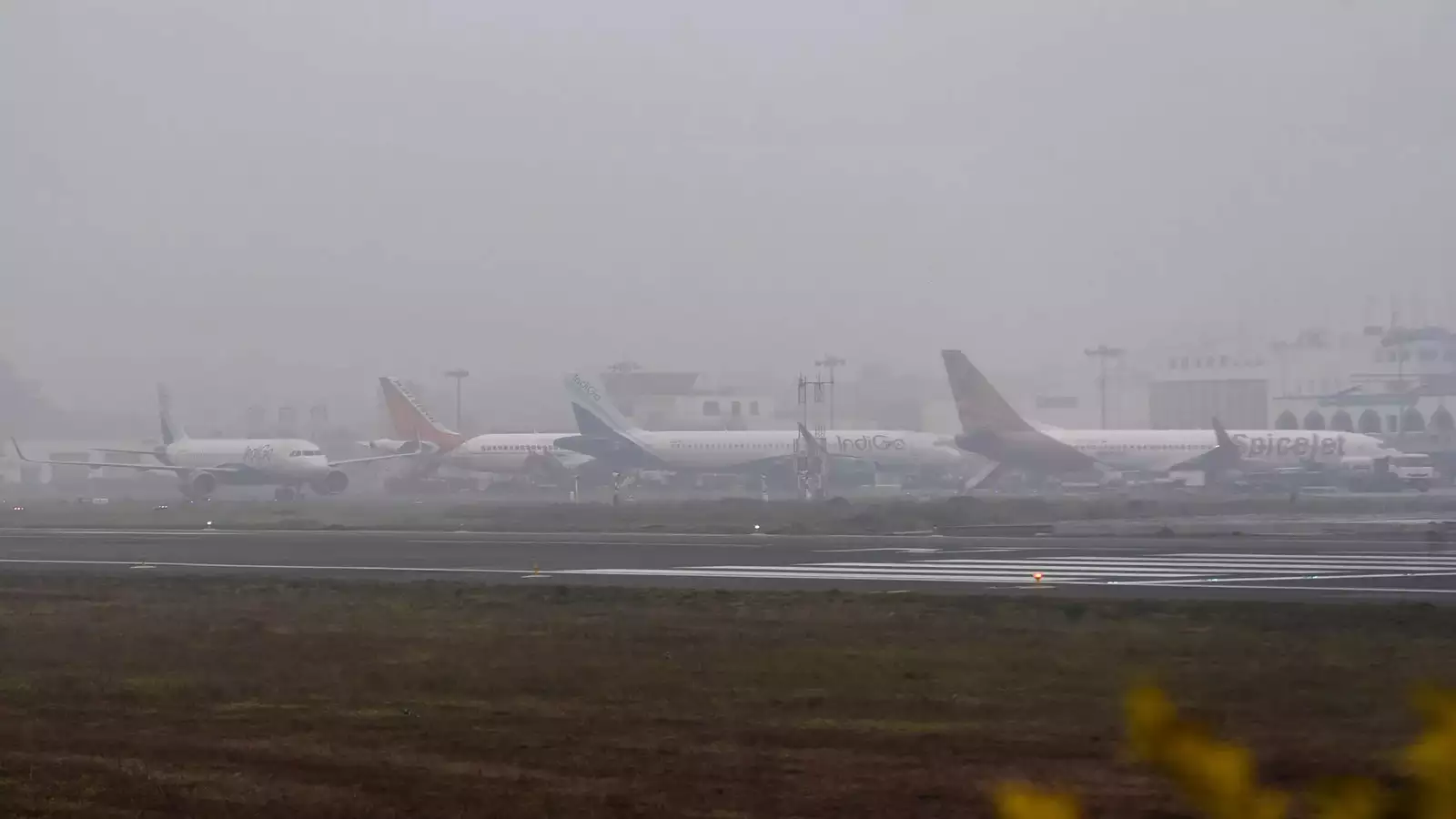
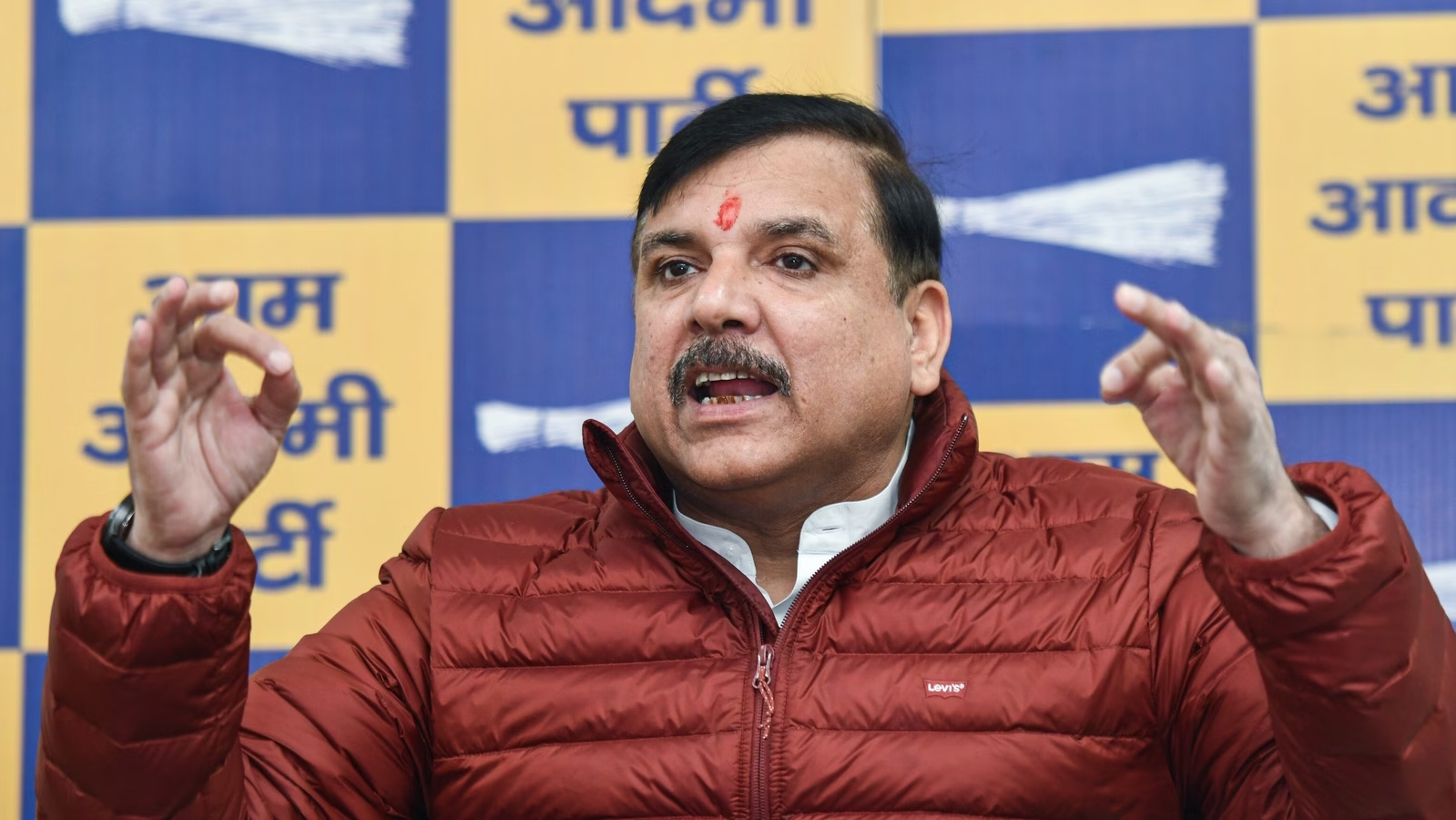
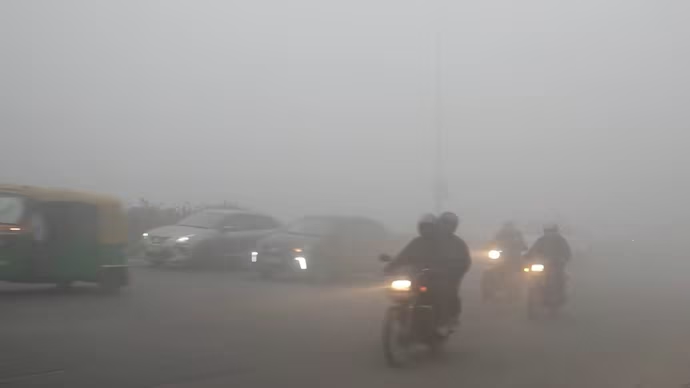
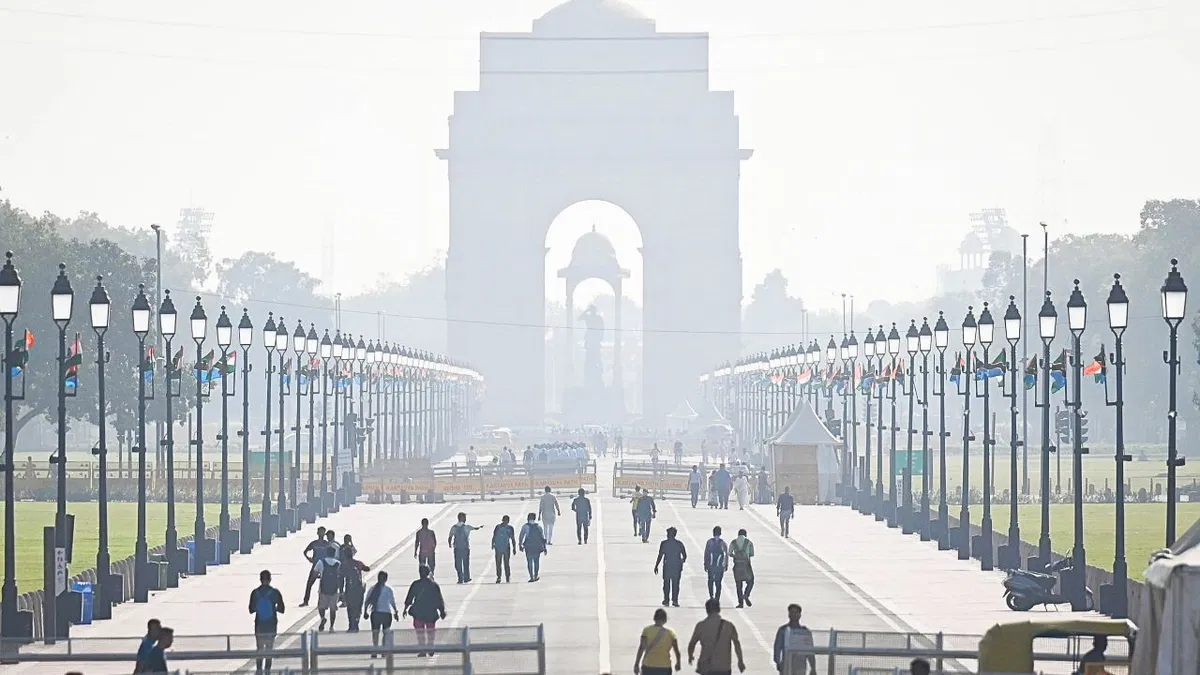
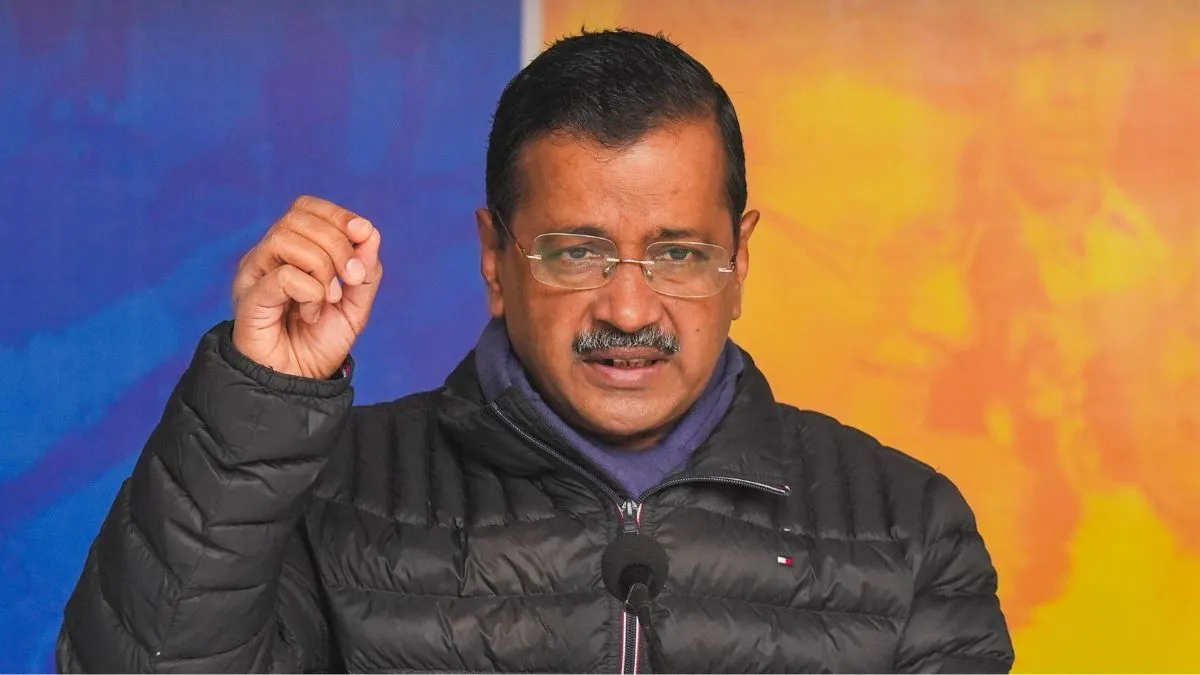
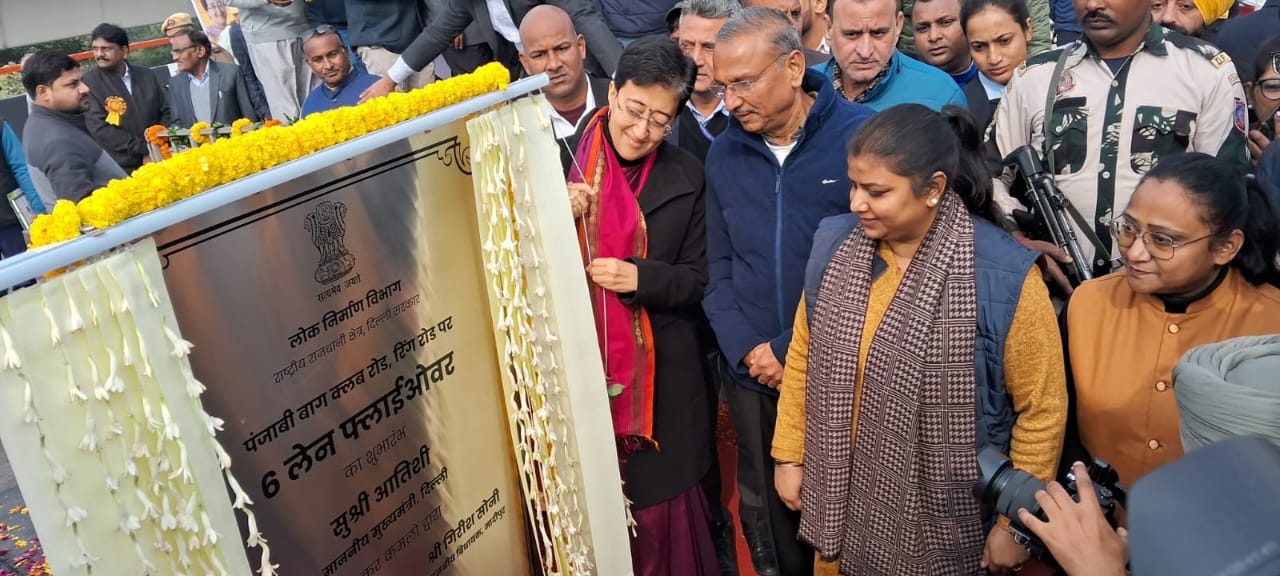
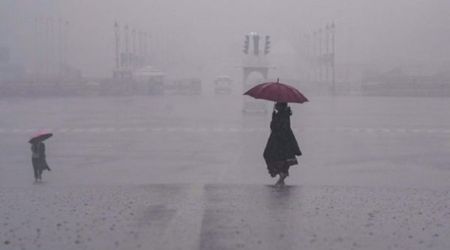

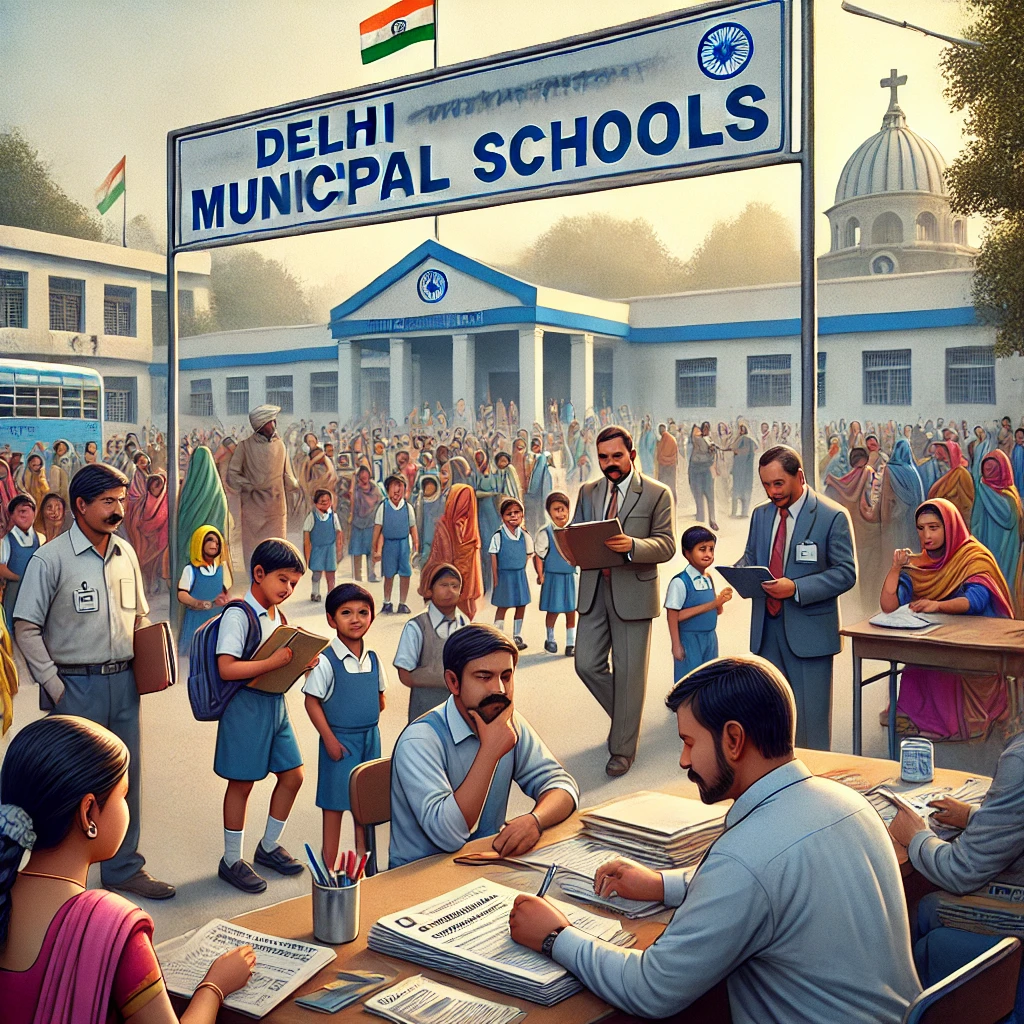
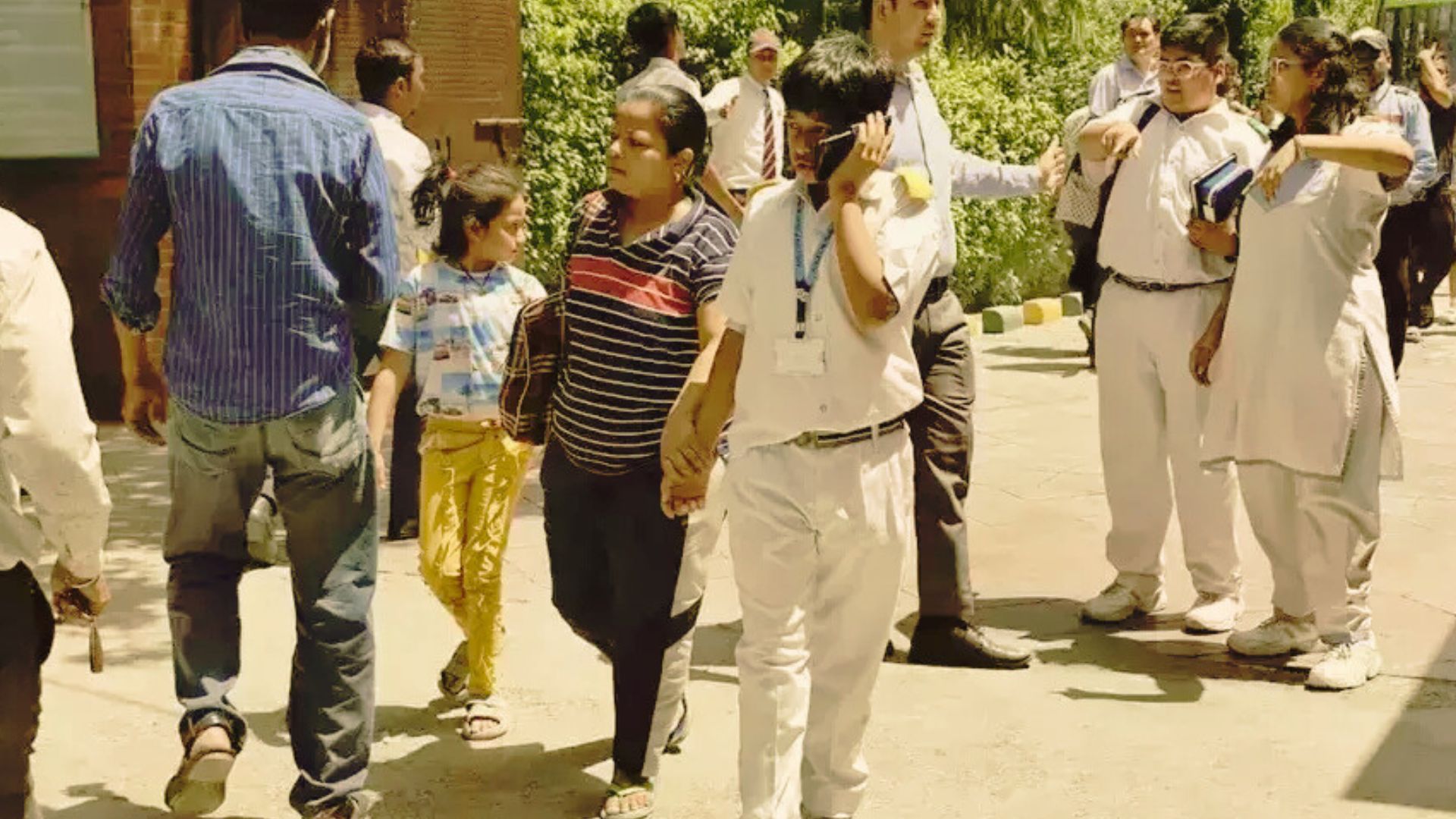
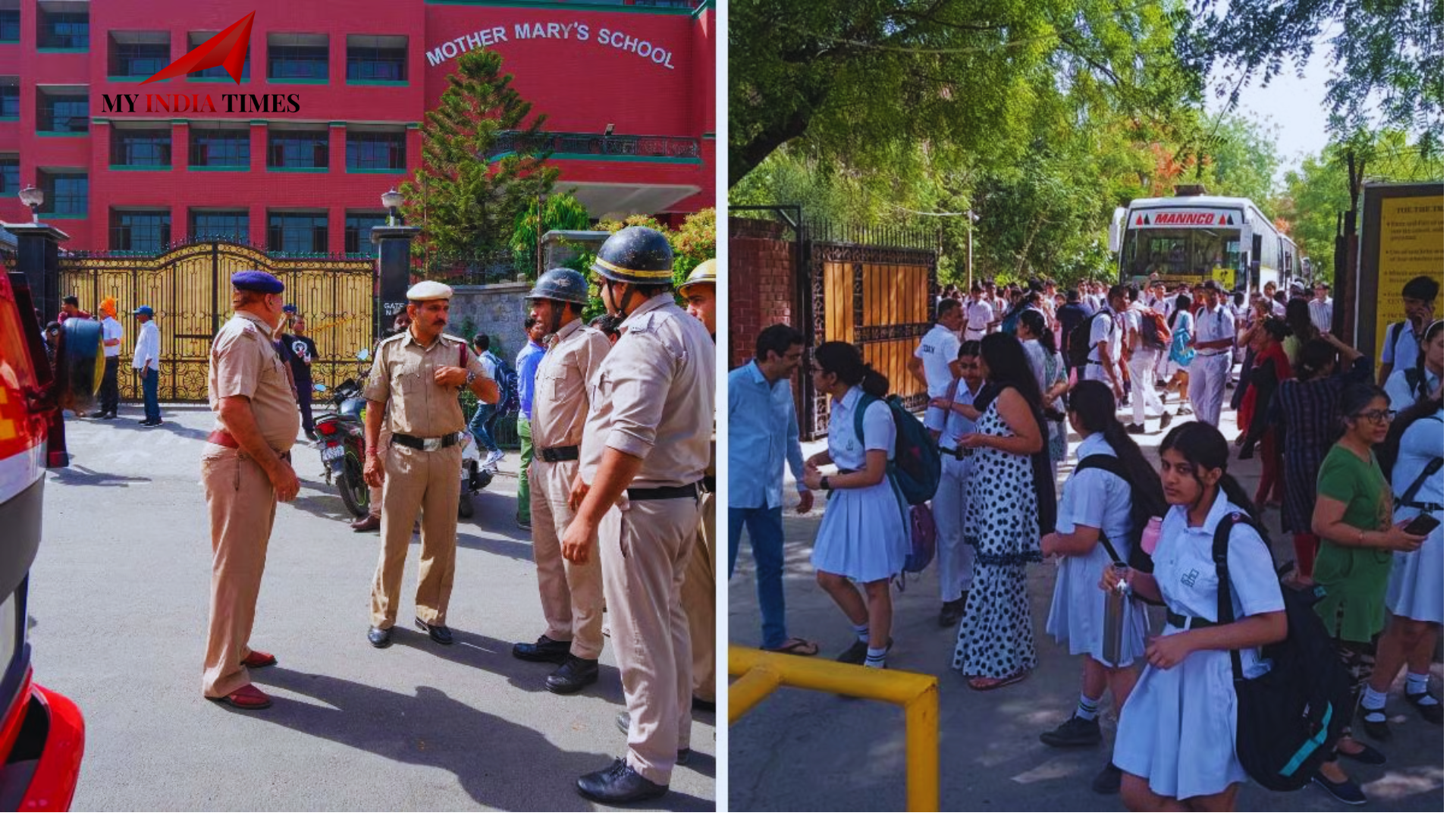


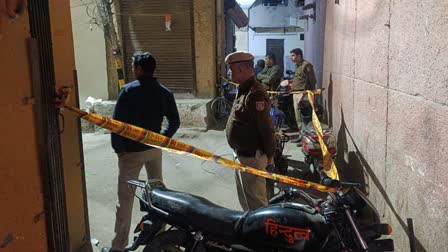

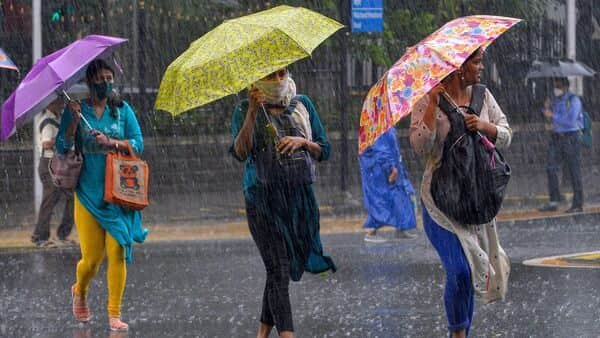

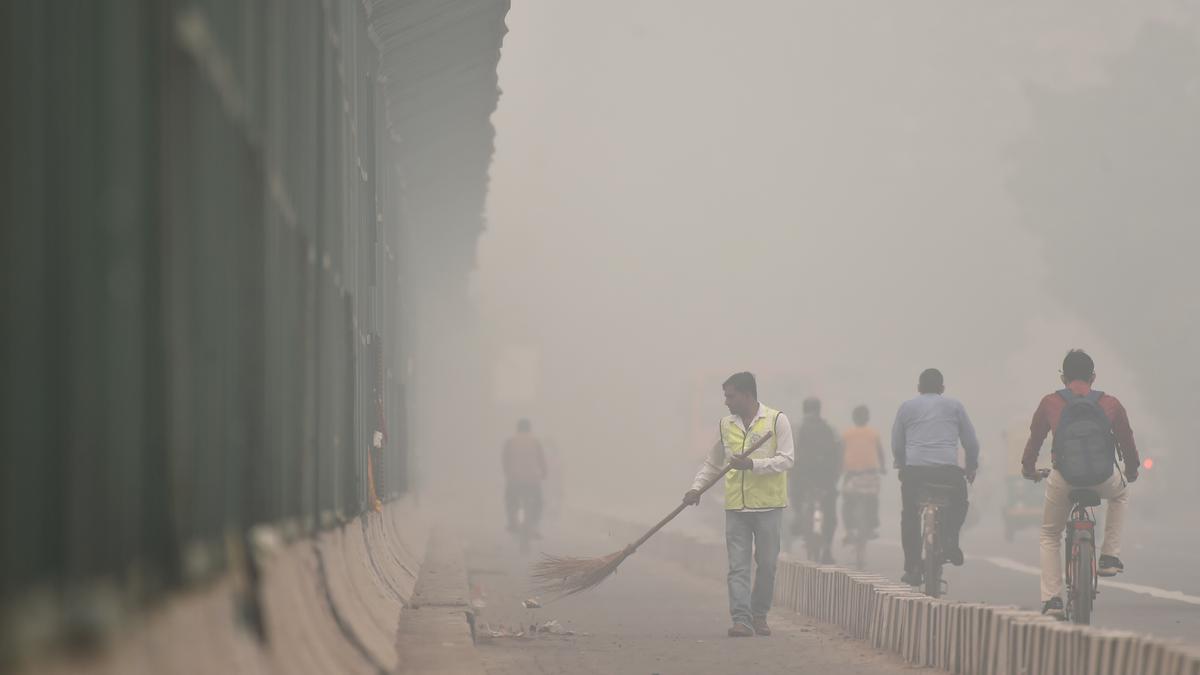
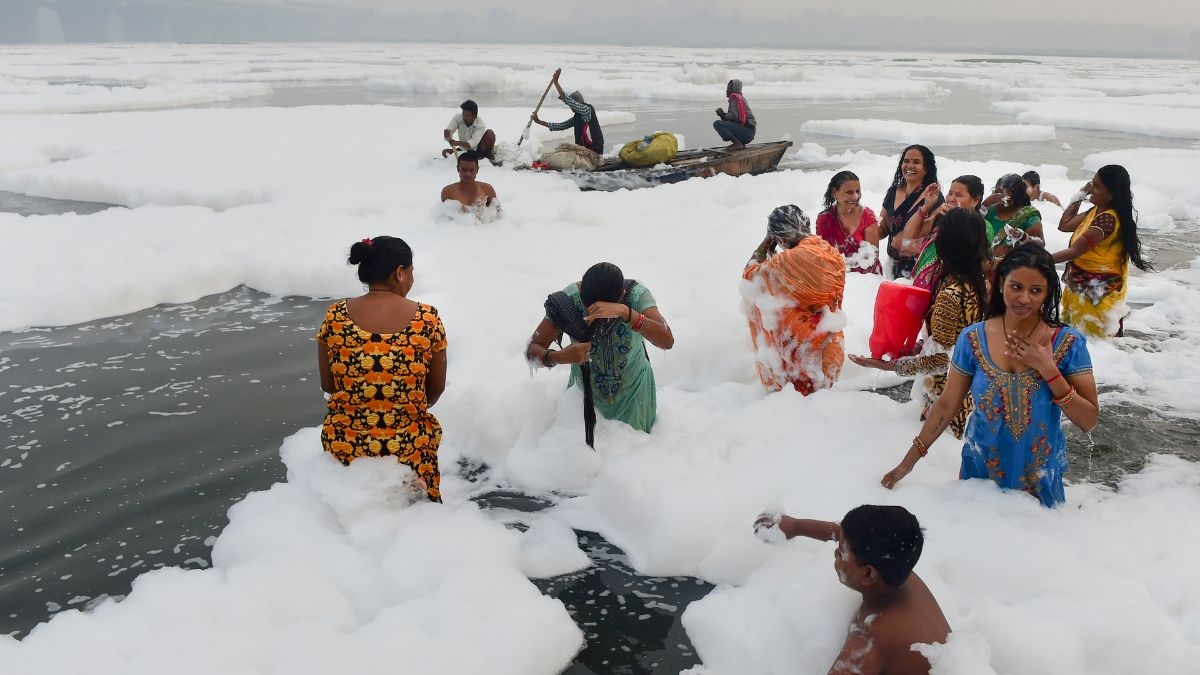
























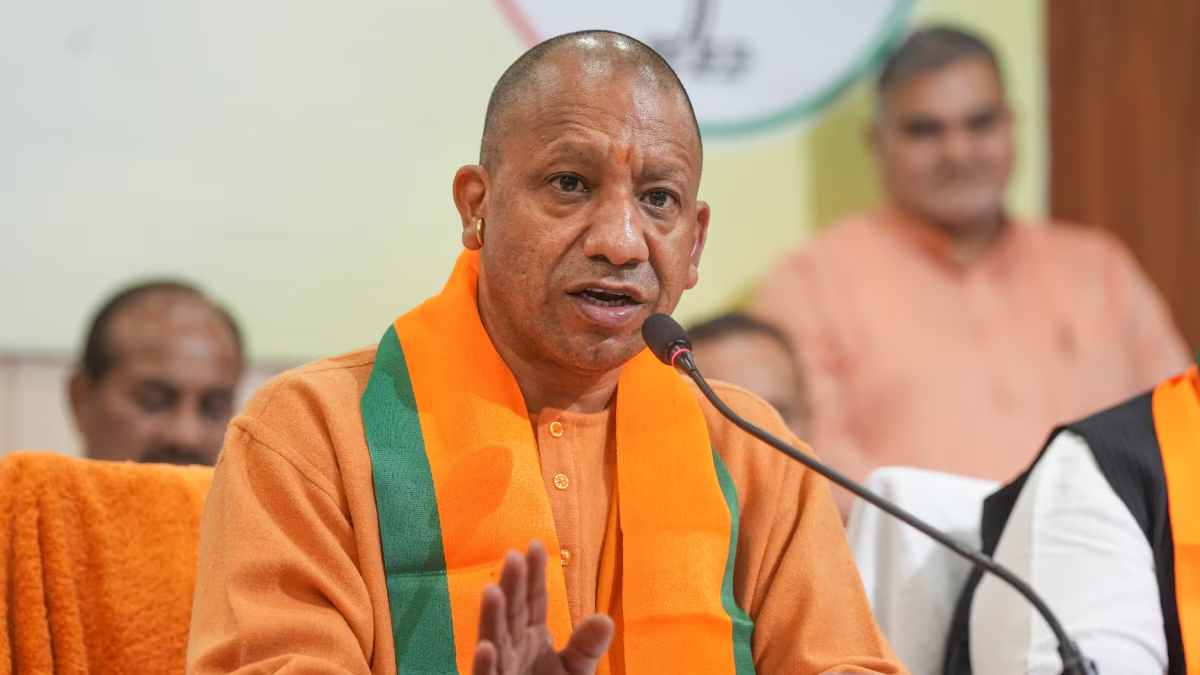




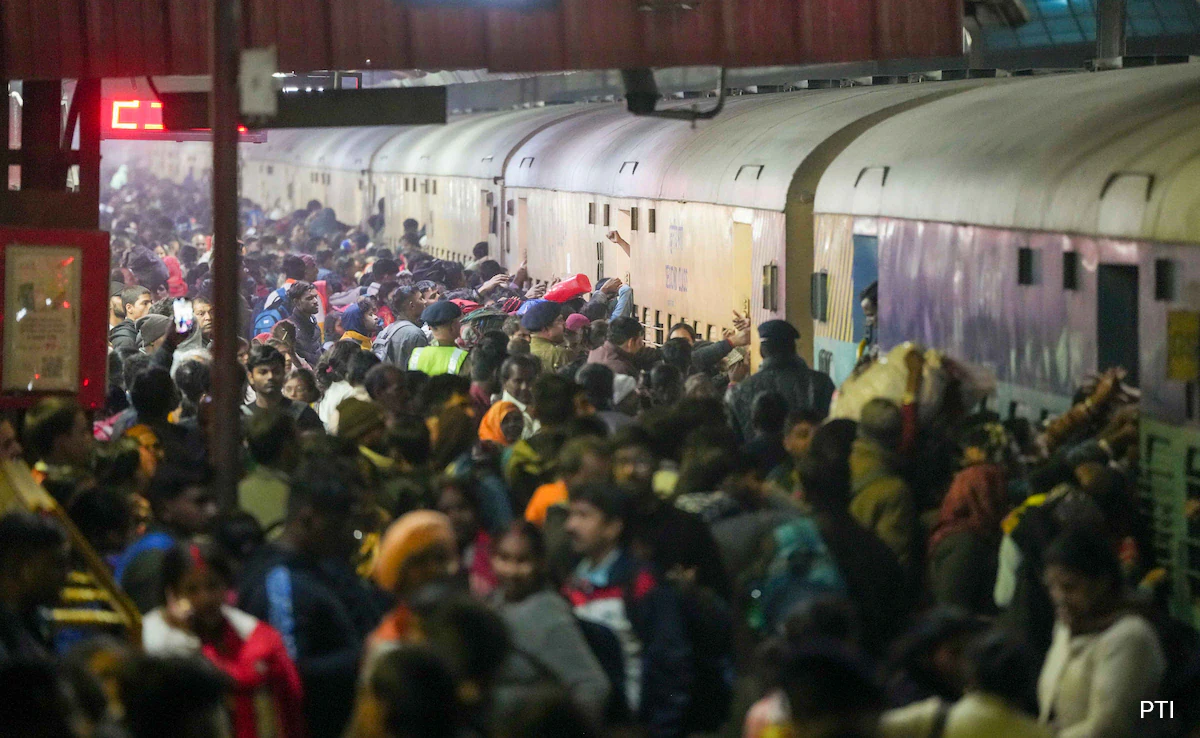
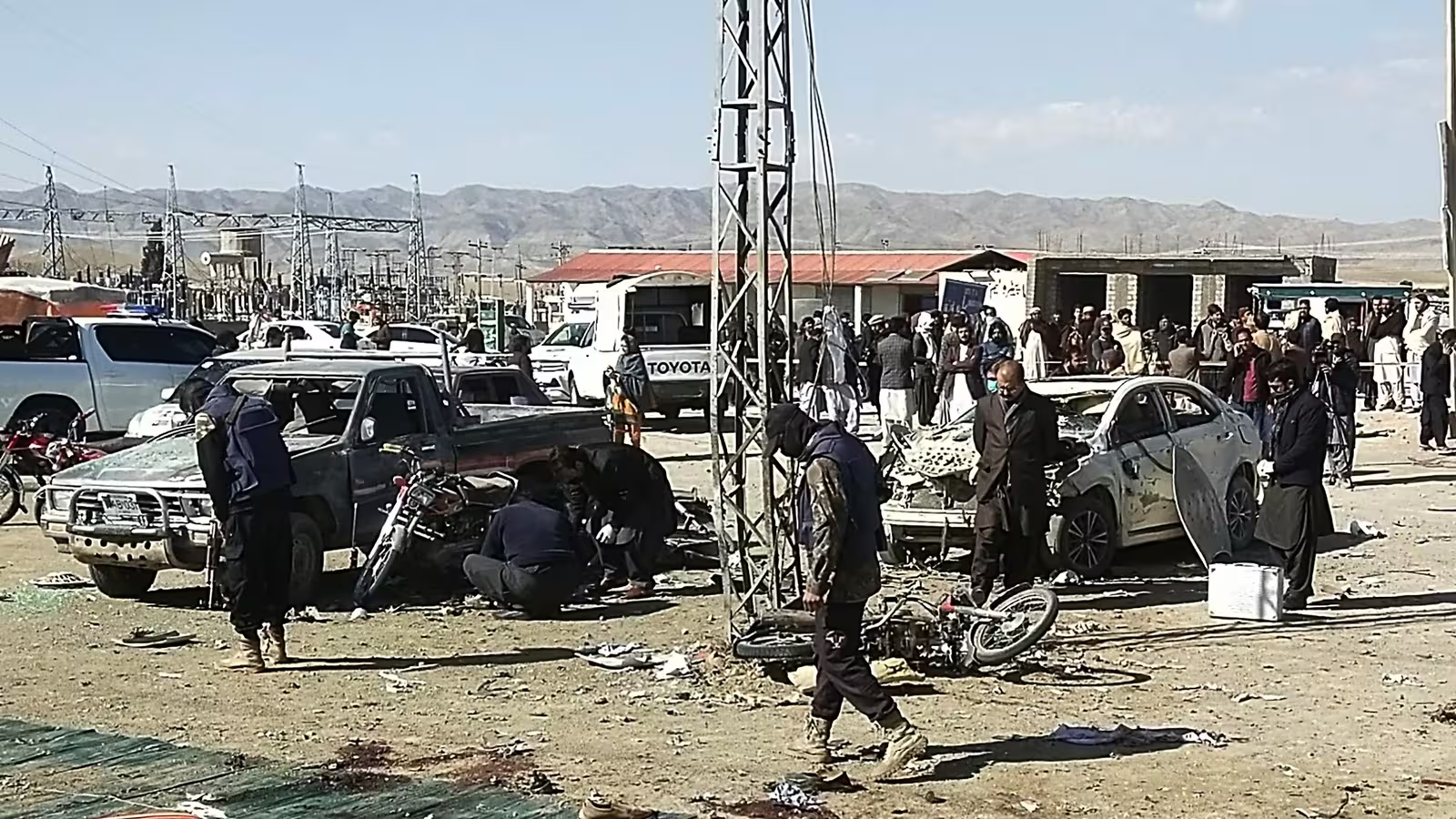




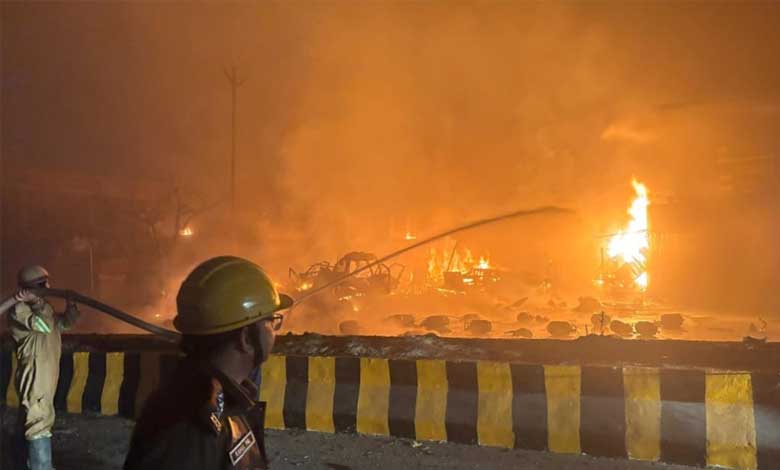








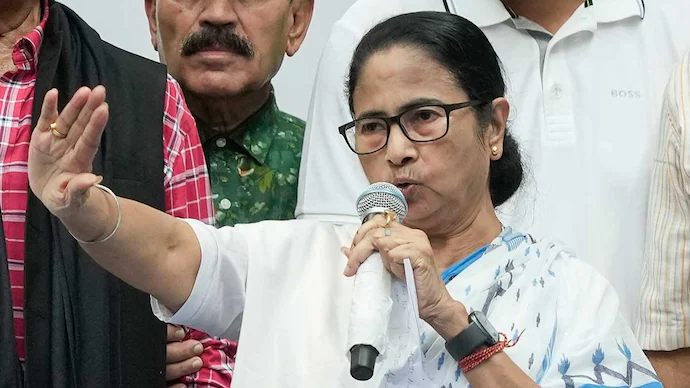


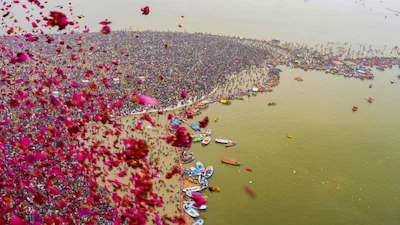
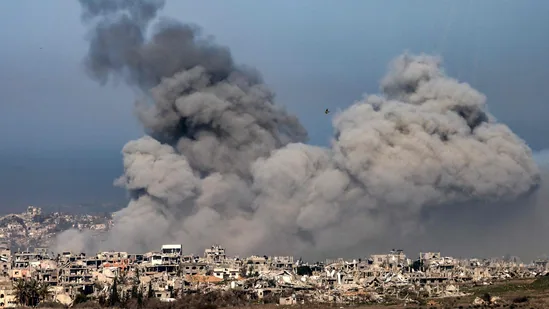
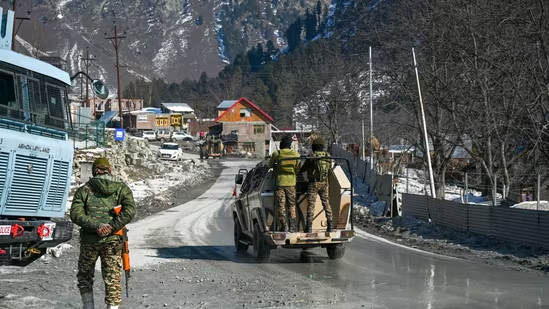

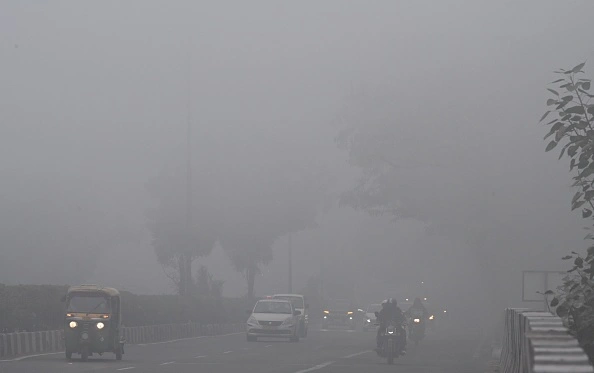

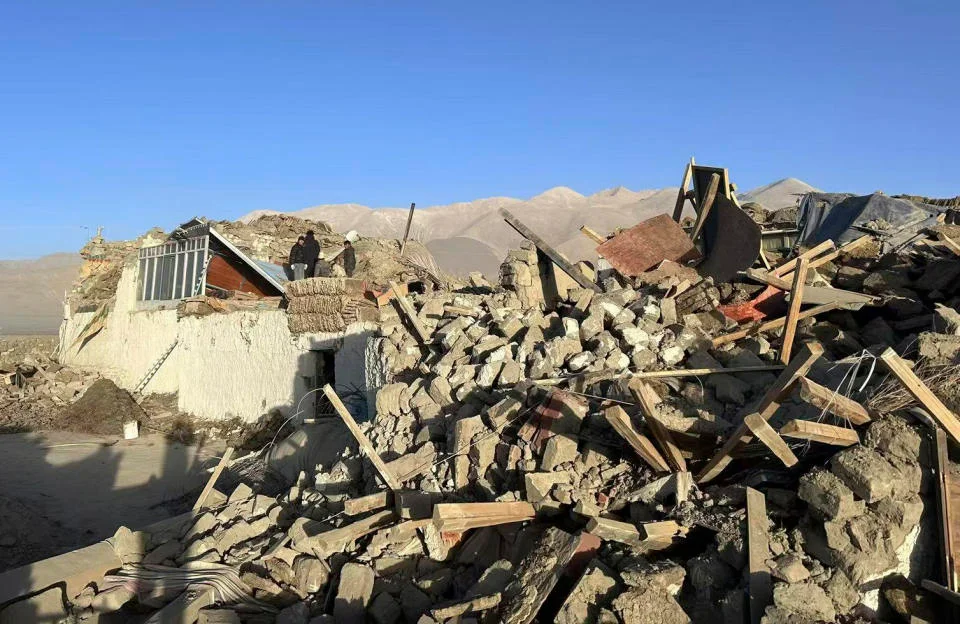



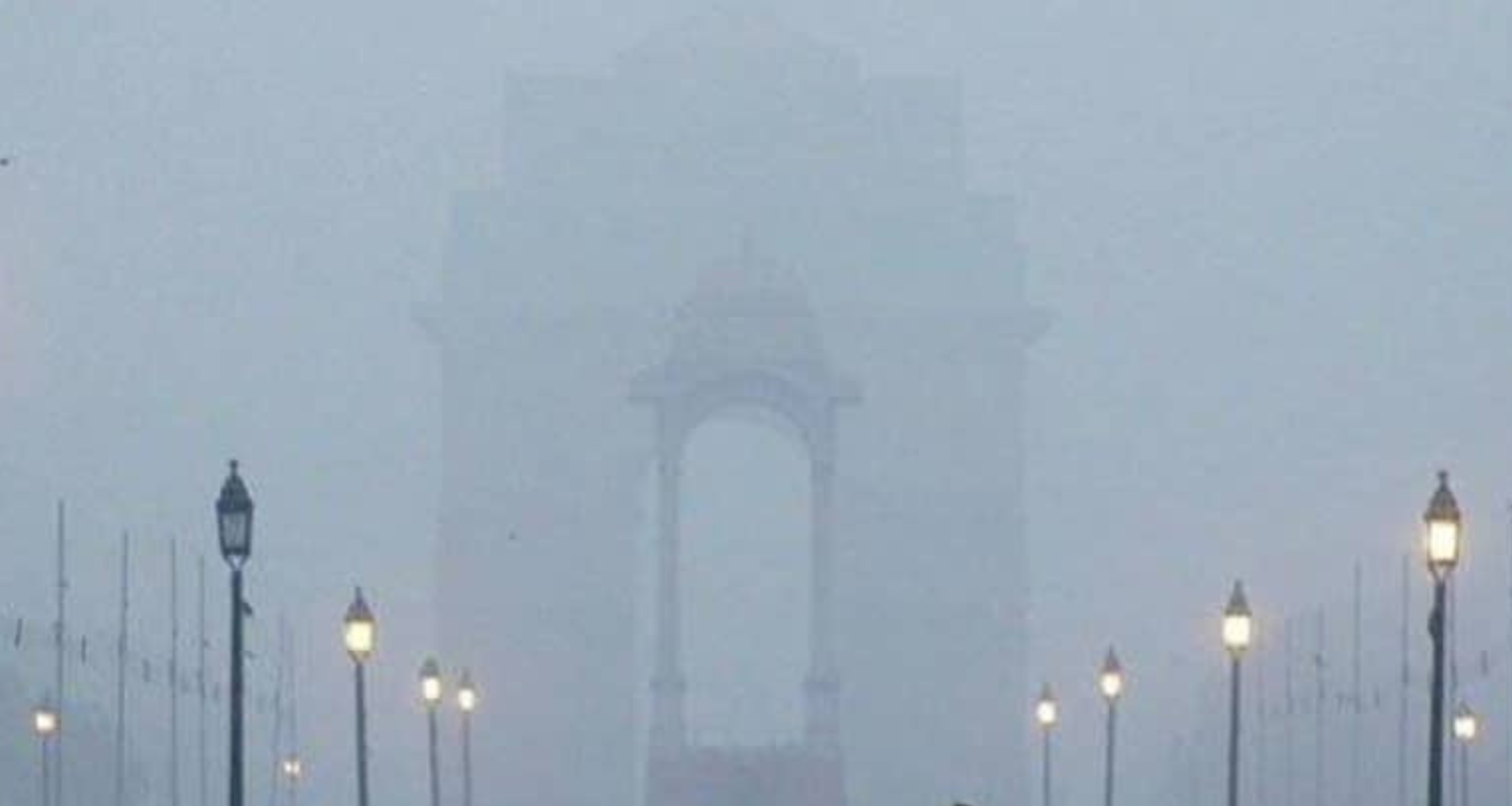
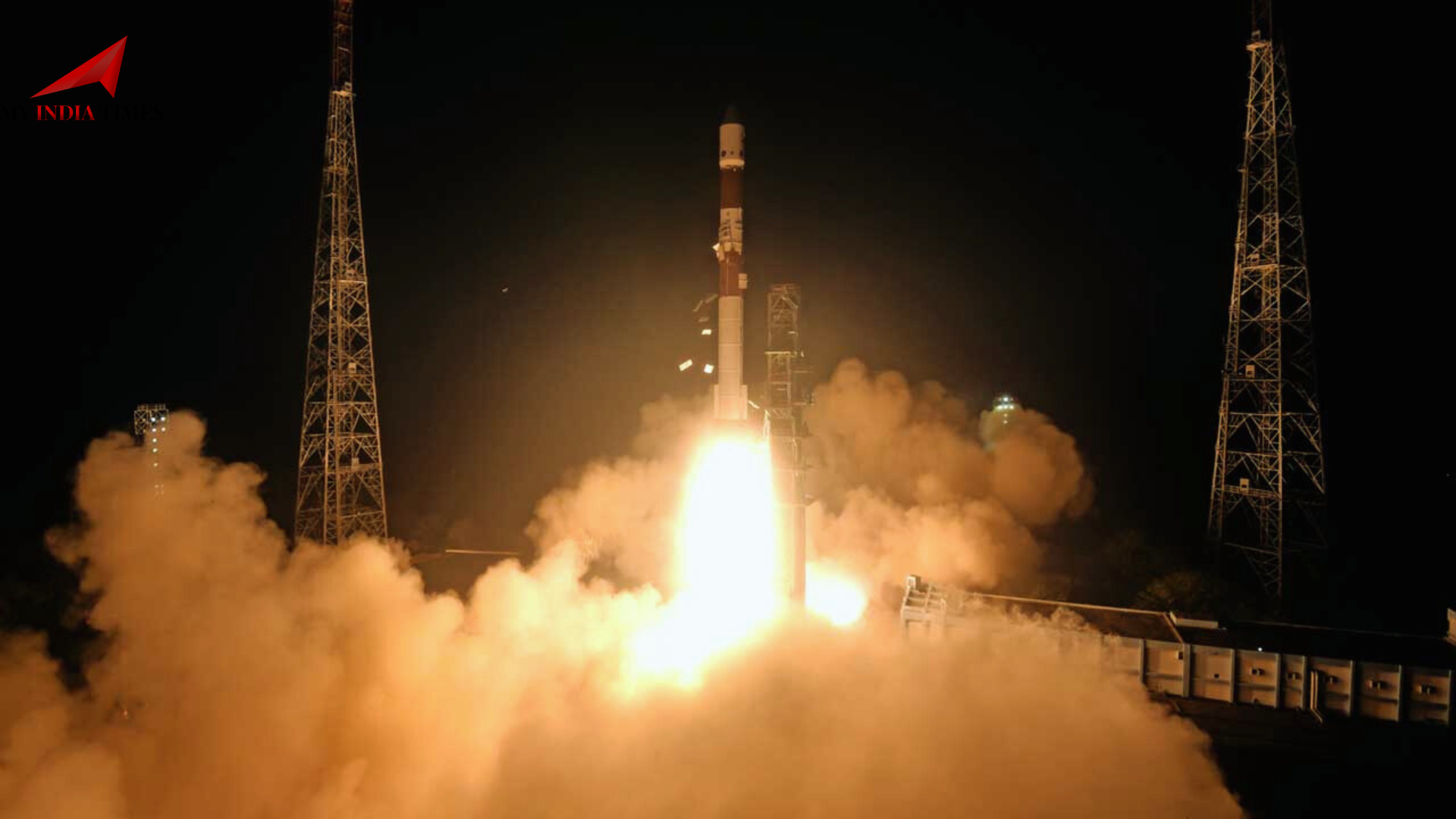
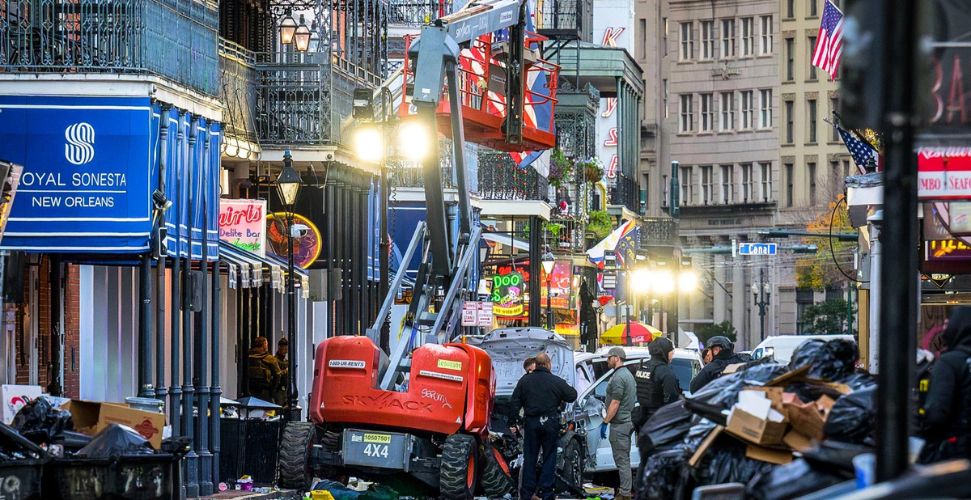

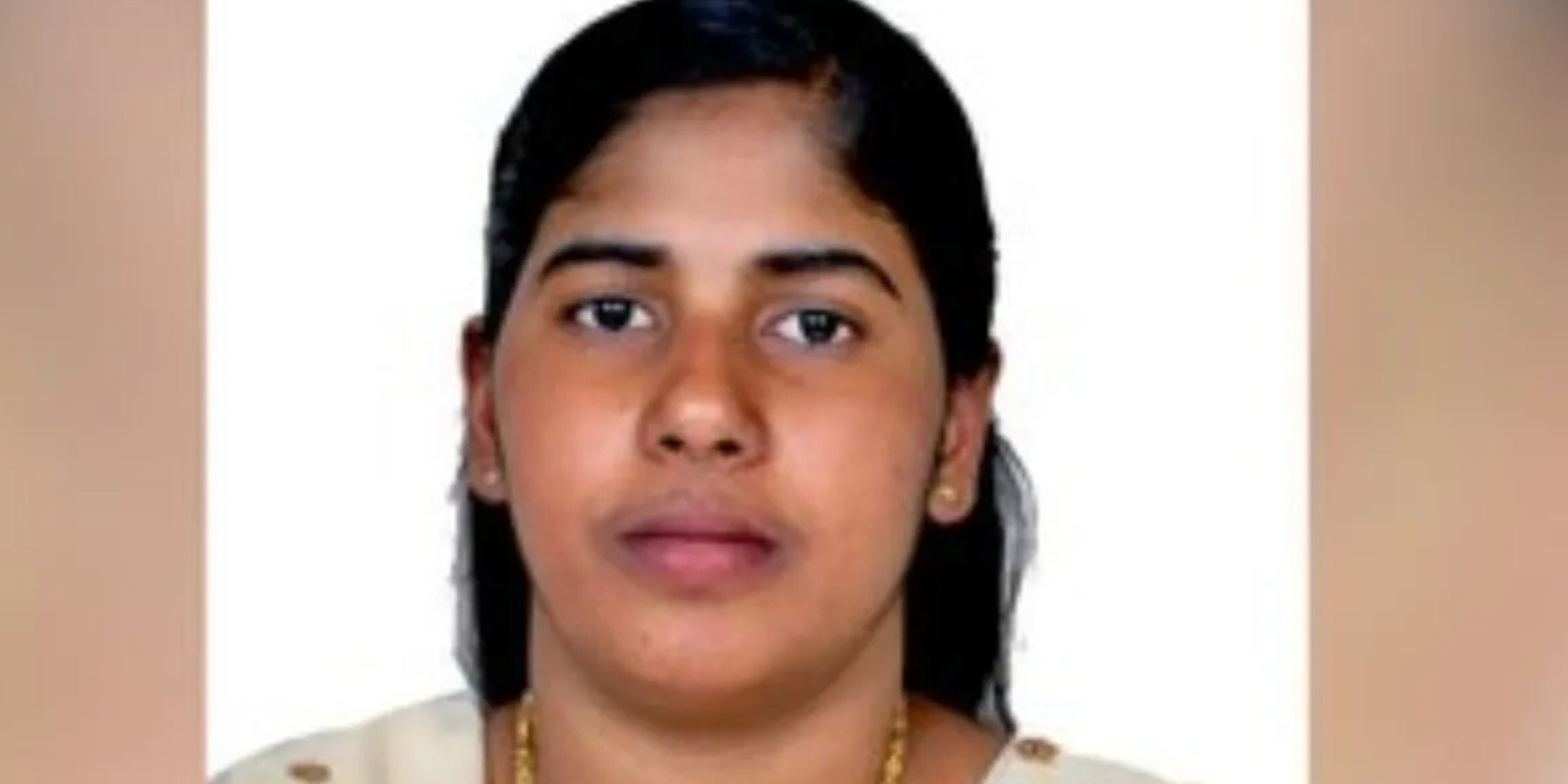
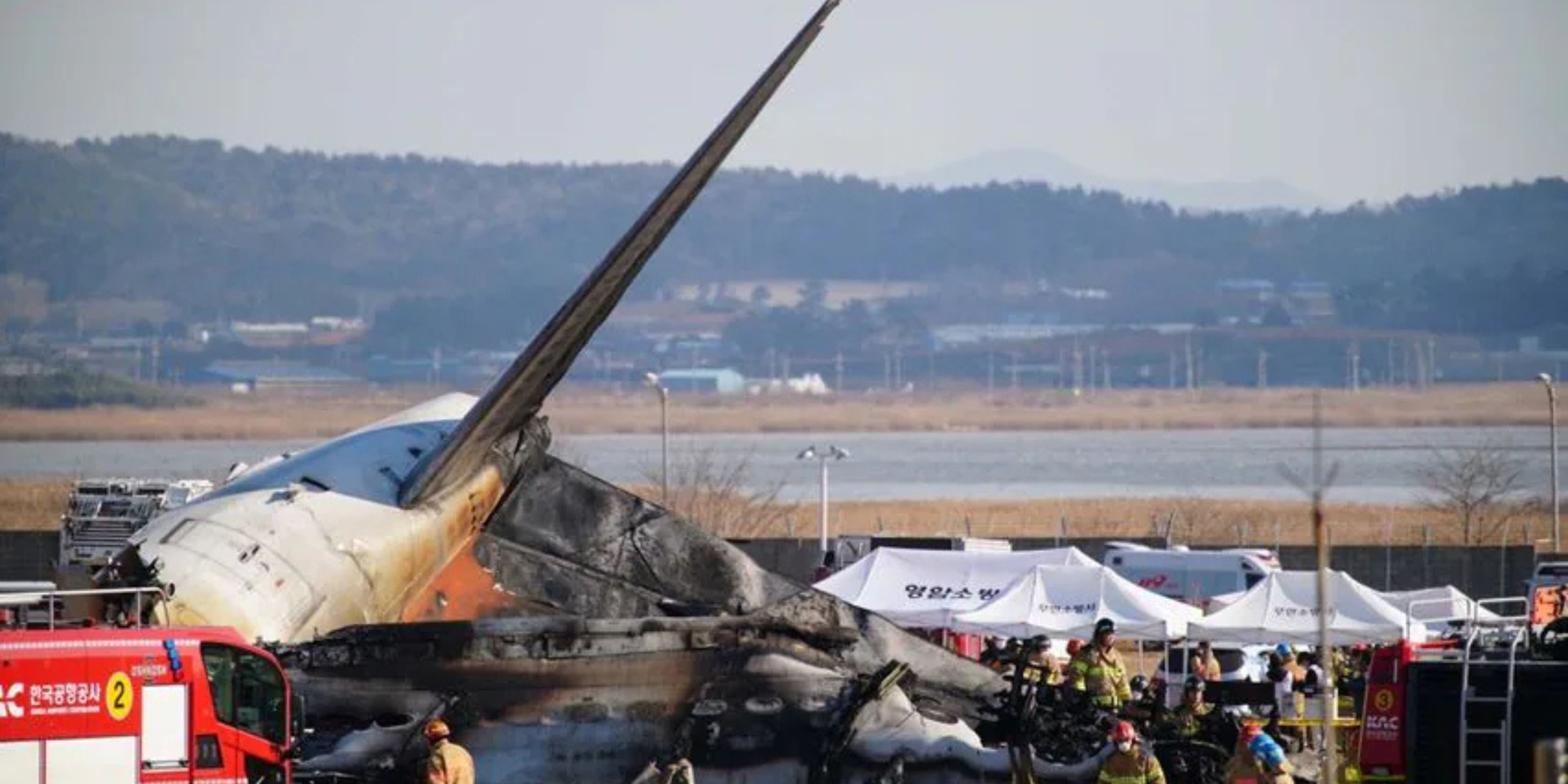


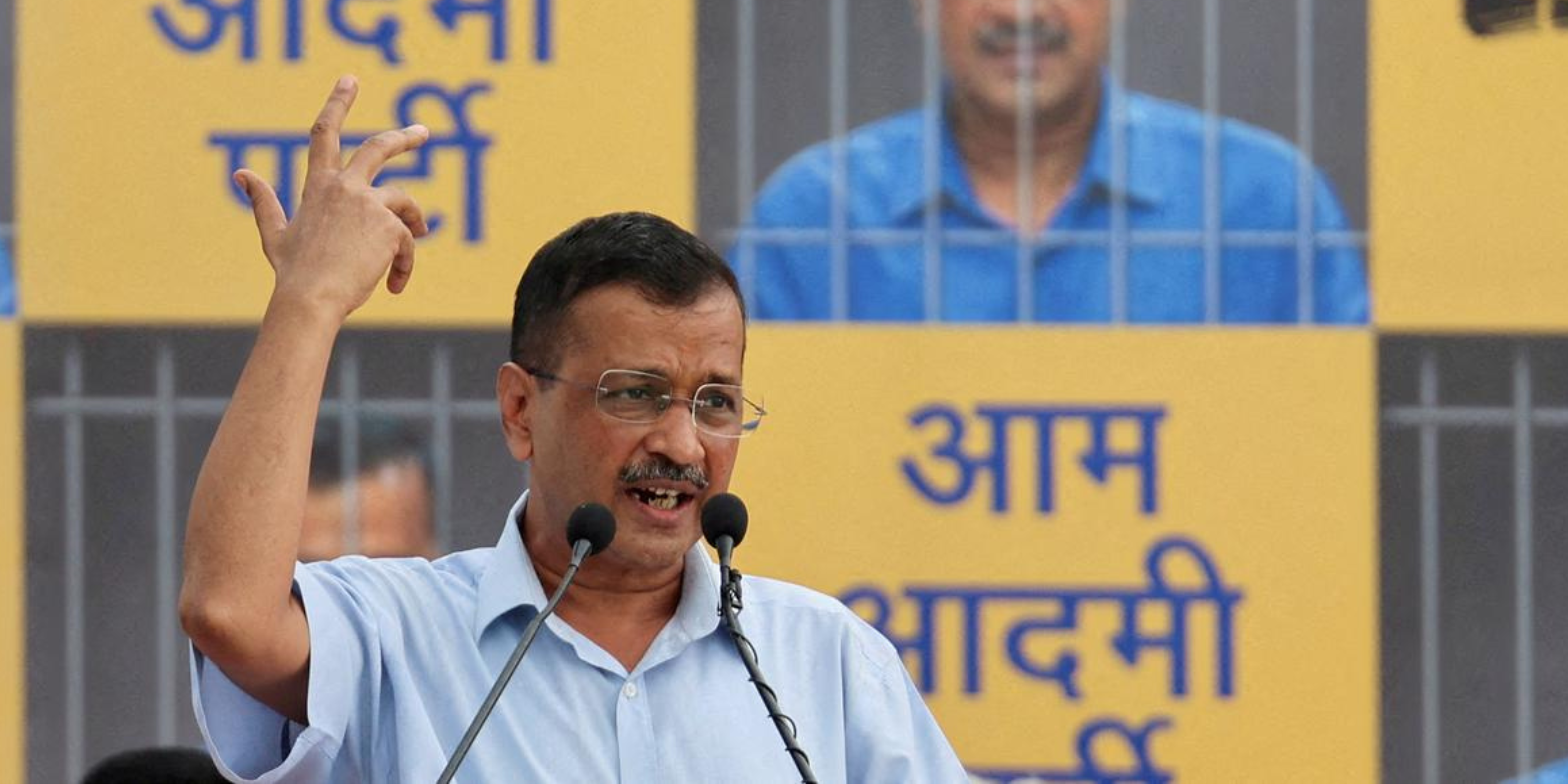

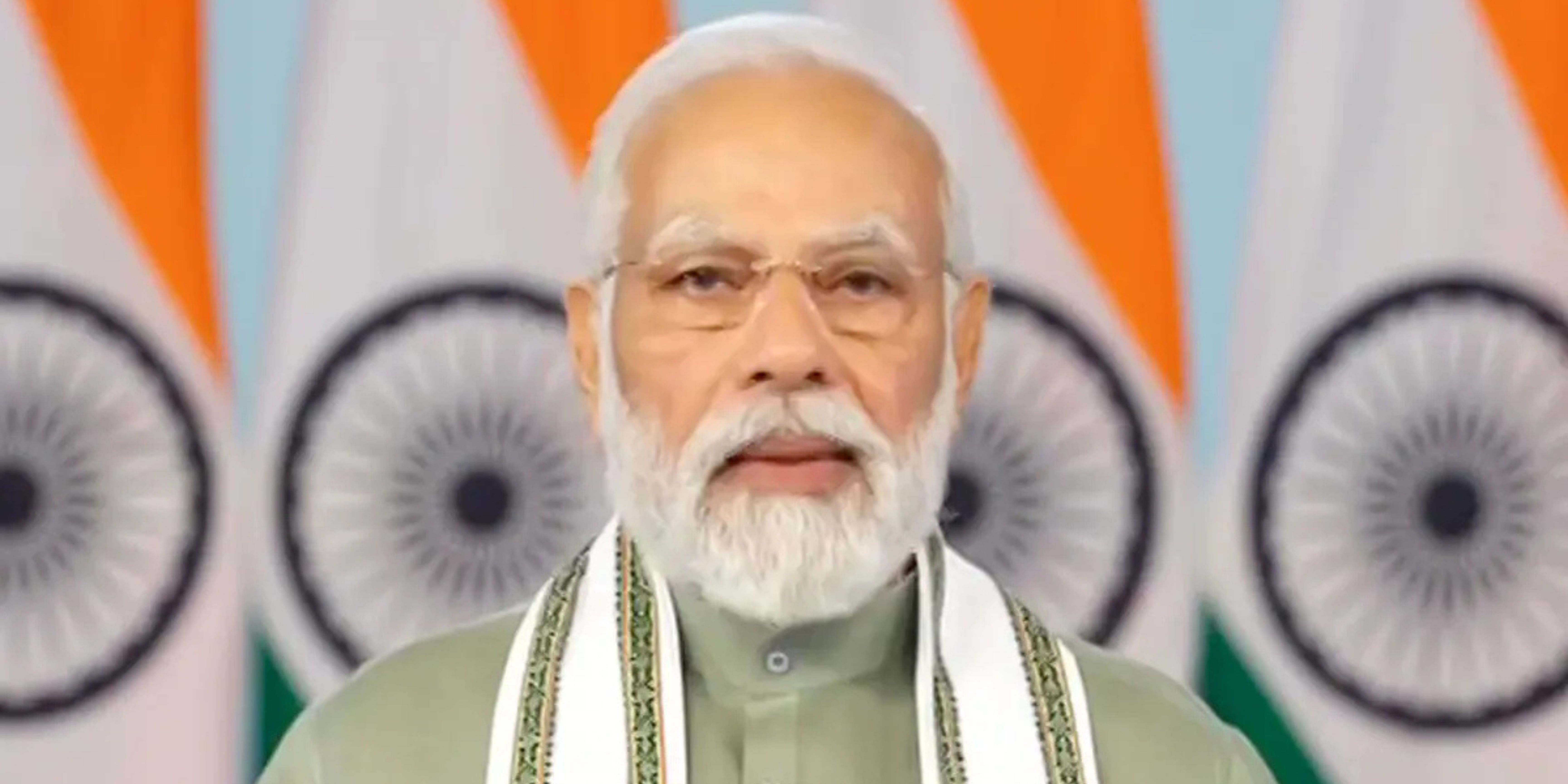





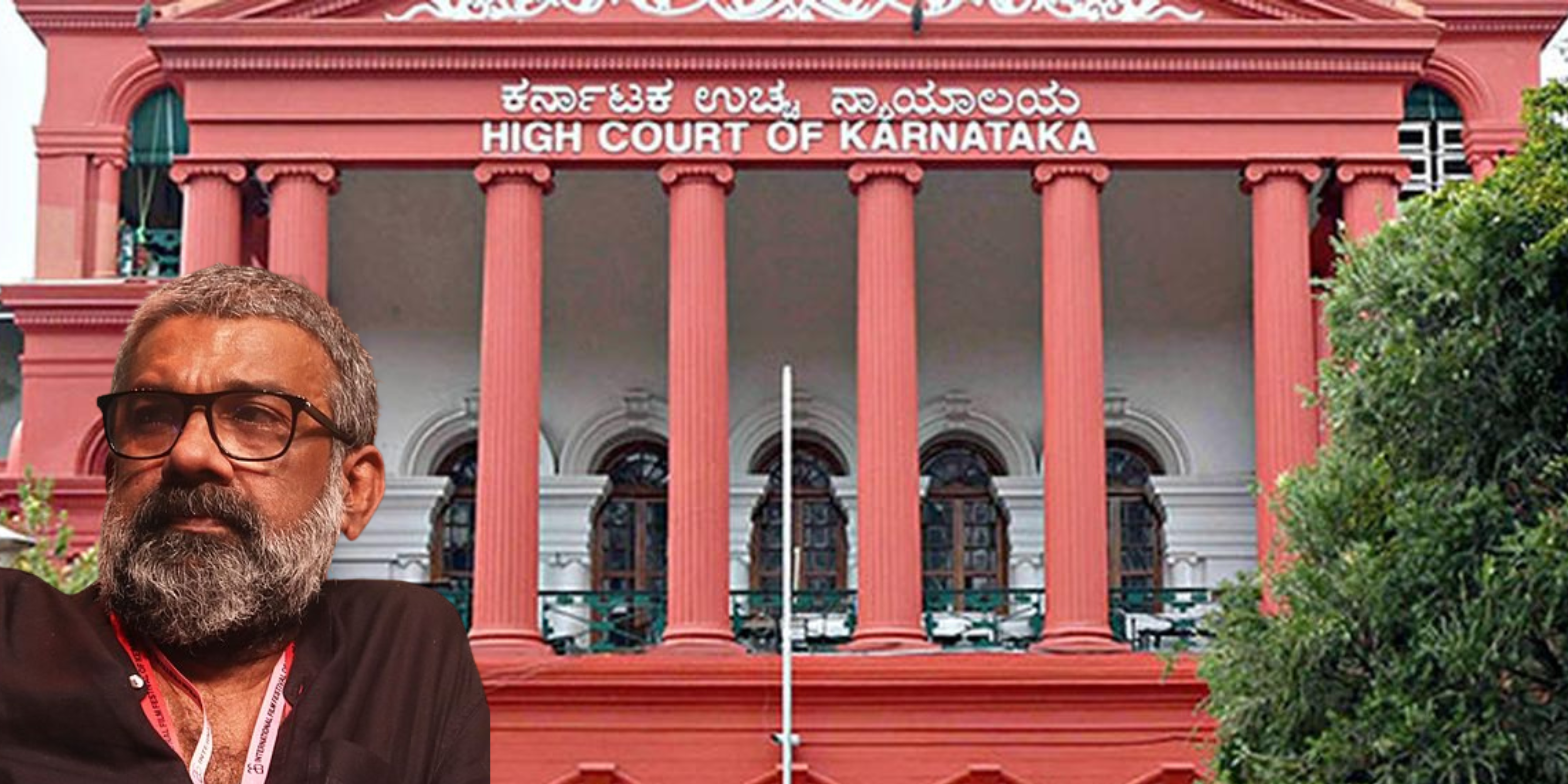
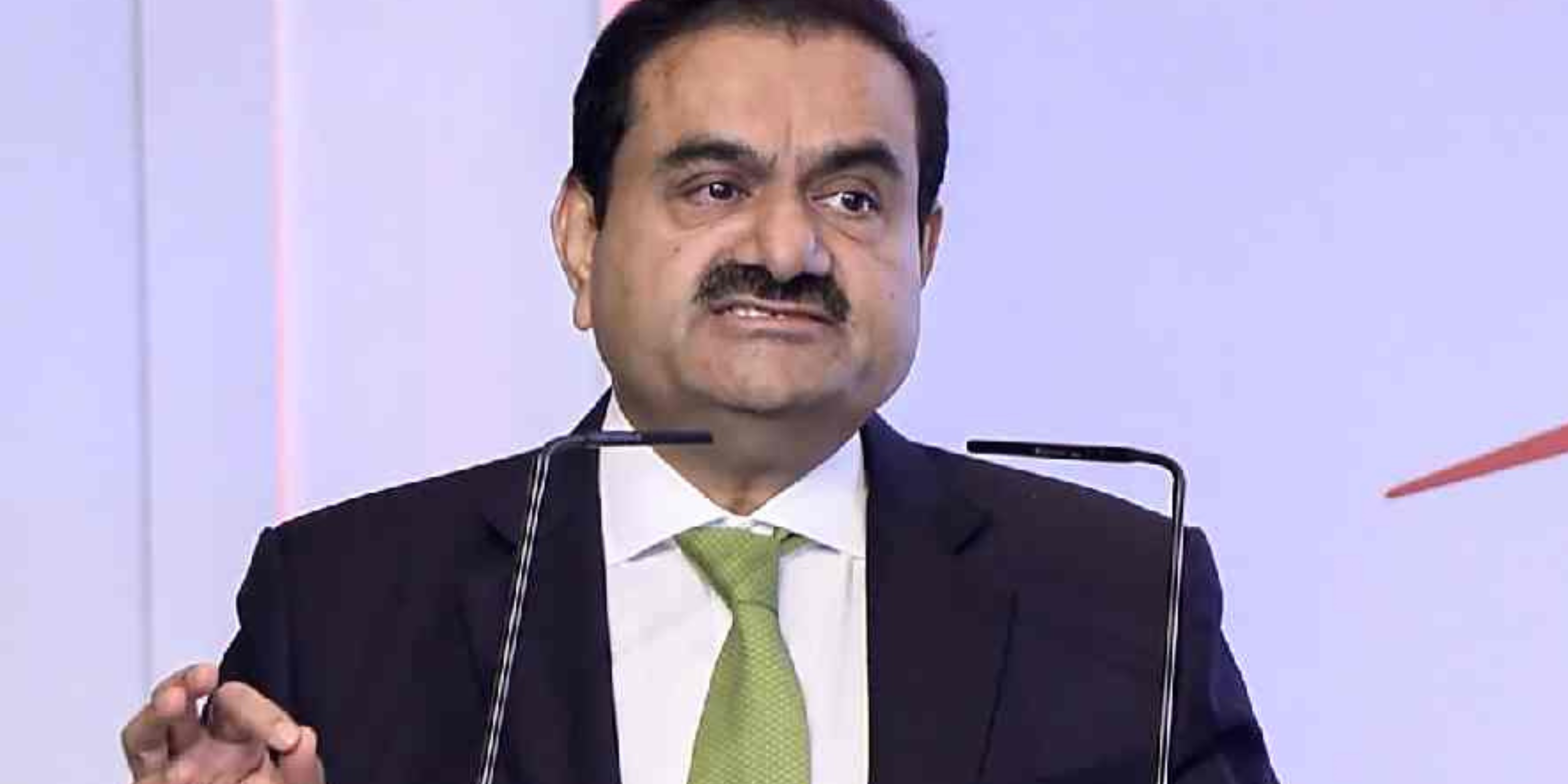
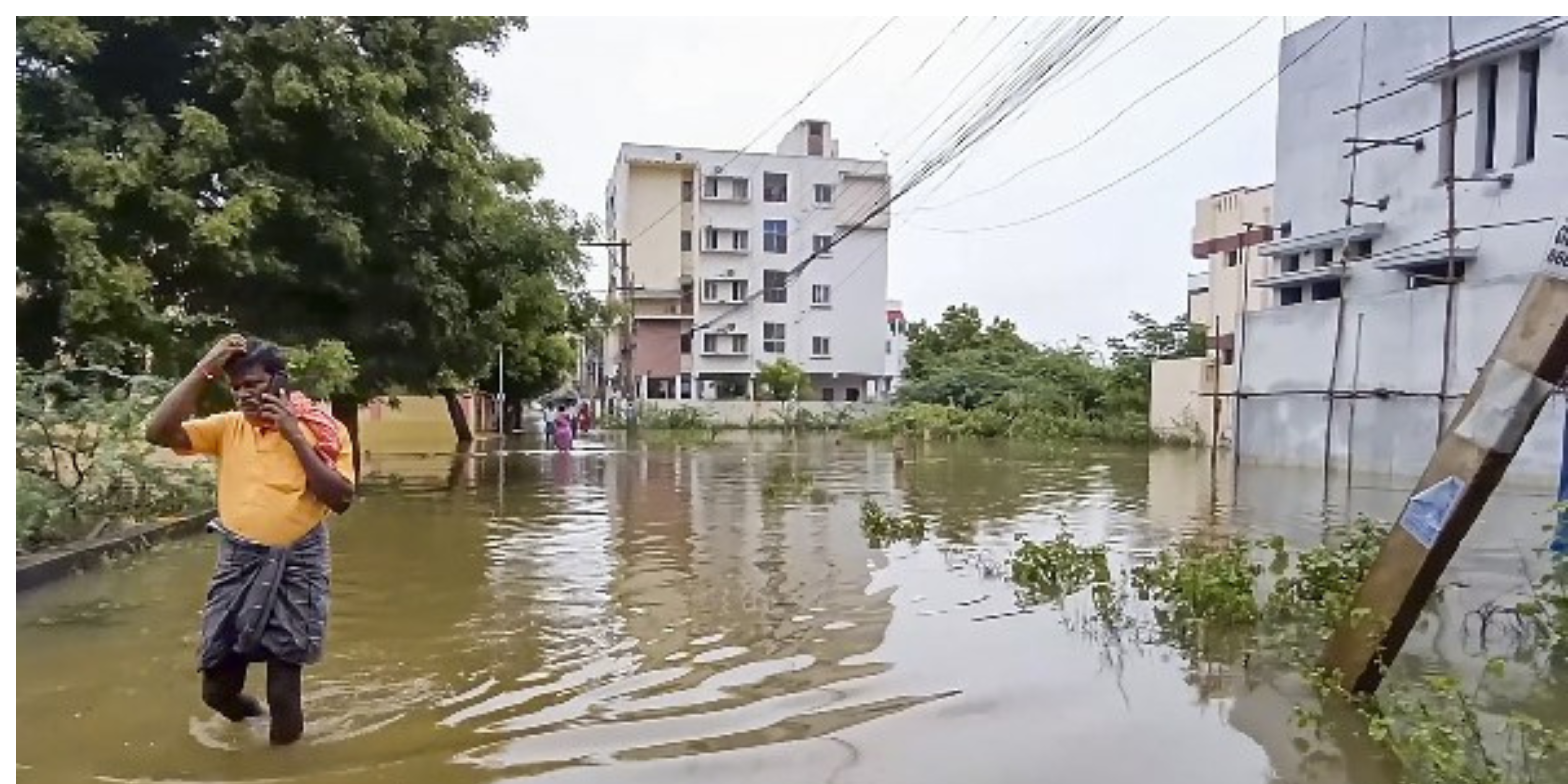
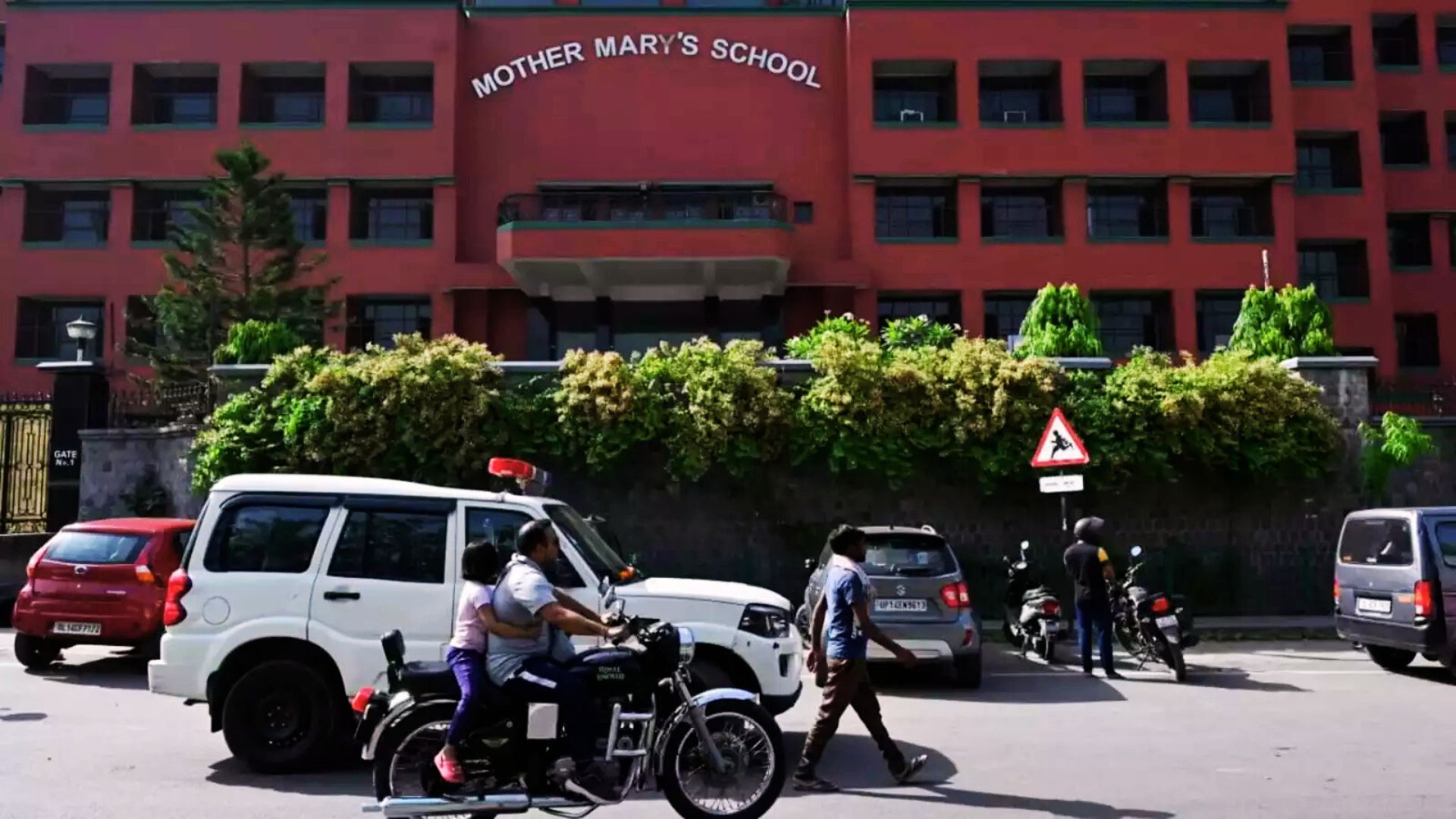

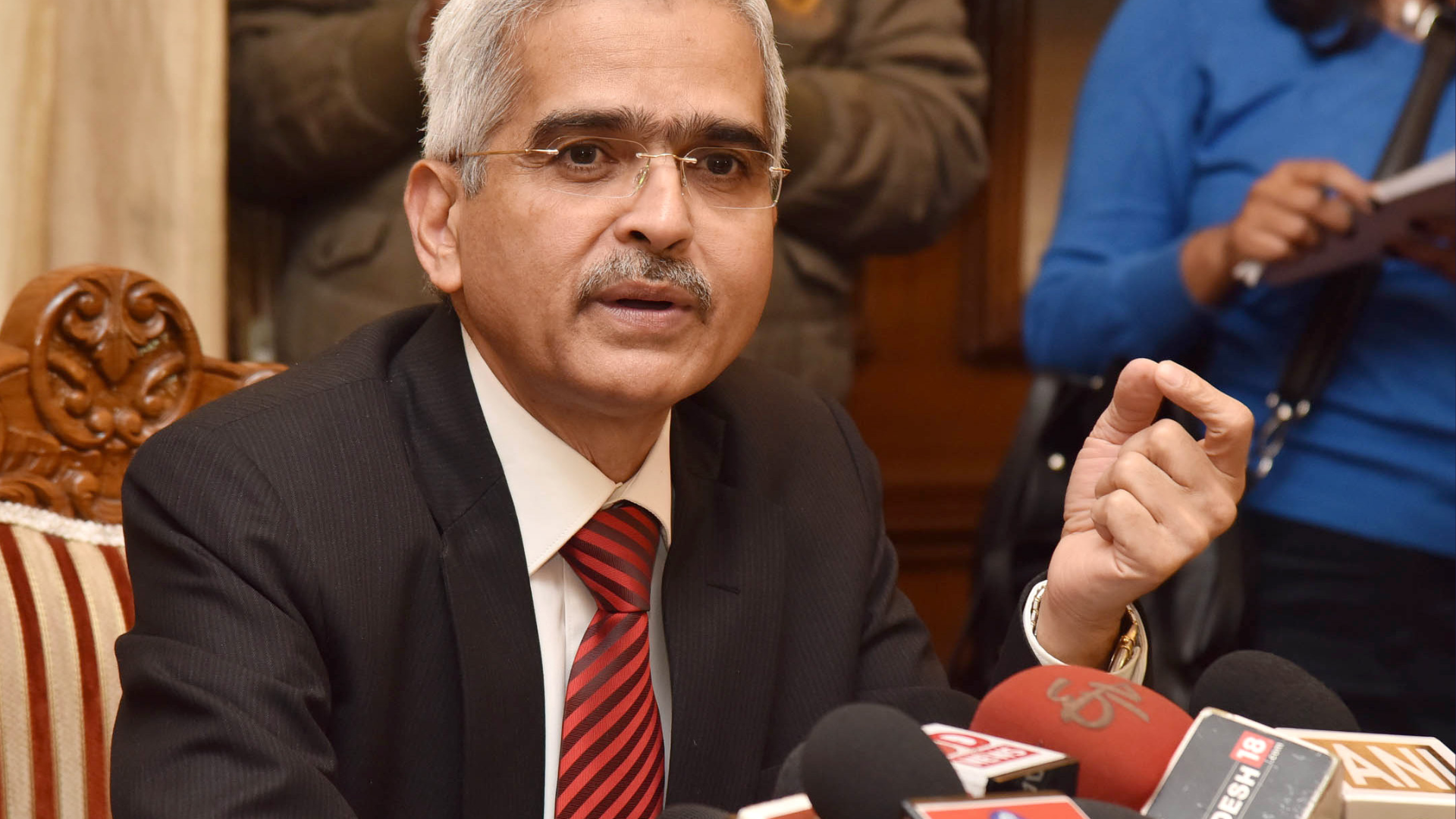
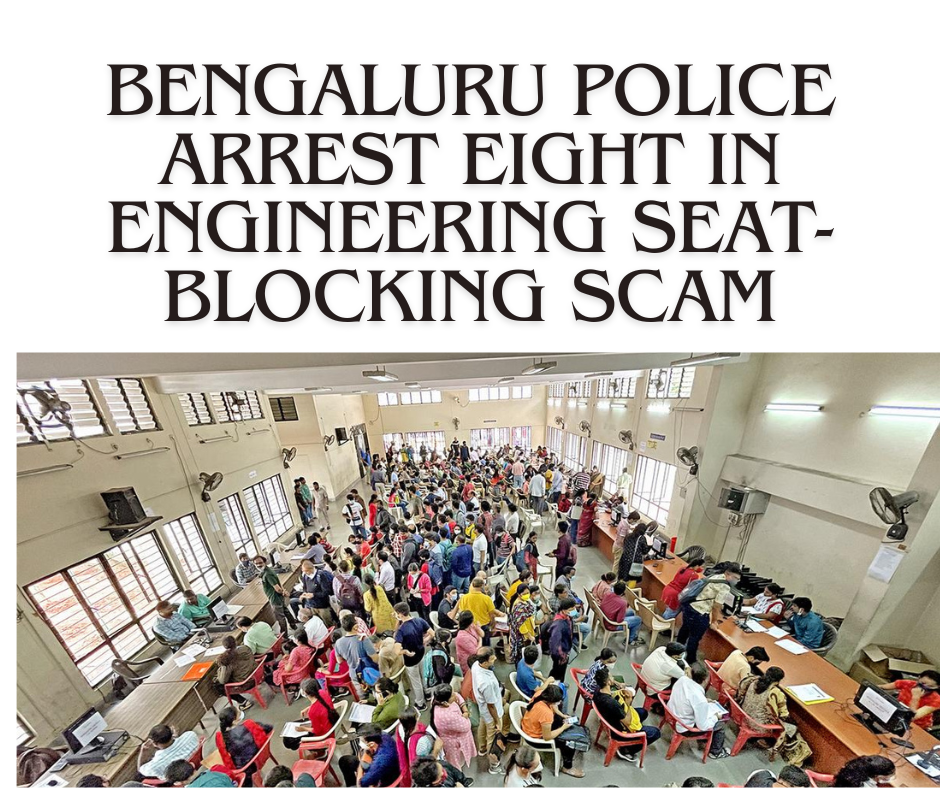


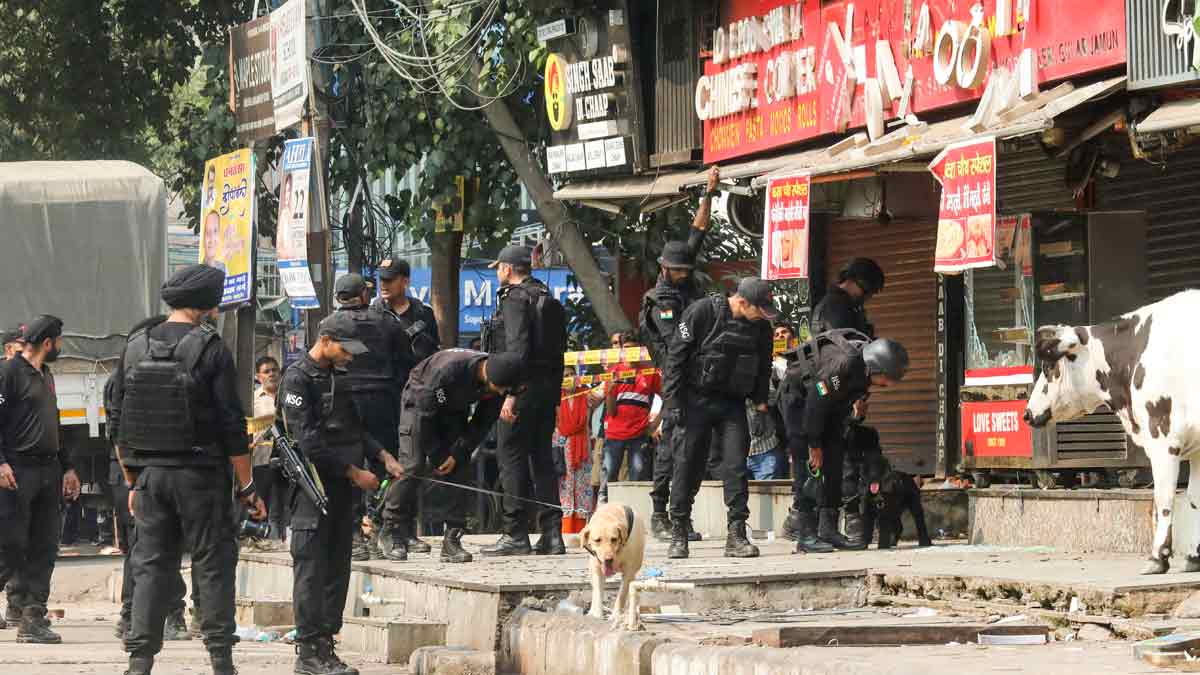


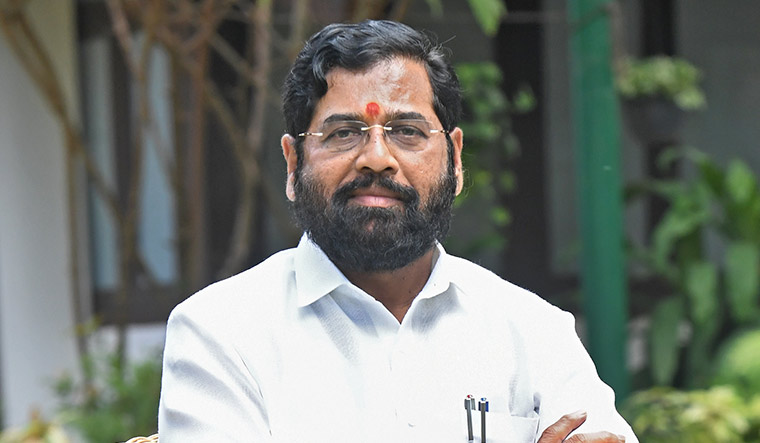
.png)
 (1).png)
